A fresh coat of color turns a plain boundary into an intentional design feature, and the 20 hues below draw on today’s outdoor trends to boost both curb appeal and mood. From light tones that visually enlarge a plot to deep shades that frame planting schemes, each option is chosen for durability, compatibility with landscaping, and its proven ability to influence perceived space or resale value. Consider your sun exposure, architectural style, and maintenance tolerance as you browse—there’s a fence-friendly palette here for every garden ambition.
1. Crisp White Fence for Timeless Cottage Charm
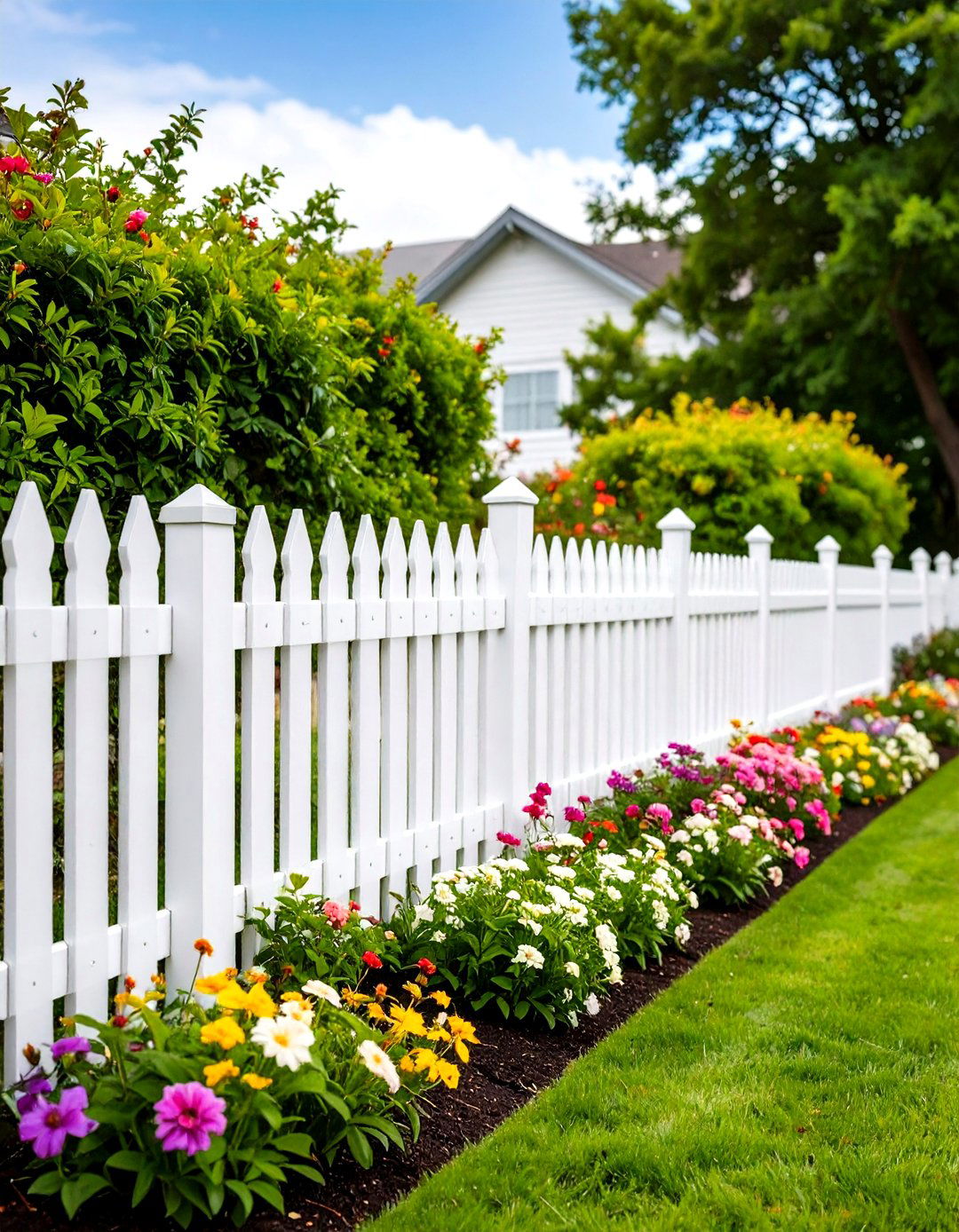
A splash of bright white bounces up to 85 % of daylight, instantly lifting shady corners and making narrow yards feel wider. The high contrast sets off greenery and colorful blooms, so even modest planting looks intentional. Choose an exterior formula with UV blockers to prevent yellowing and consider a satin rather than gloss finish—it masks minor brush marks while remaining easy to hose clean. Priming knots is essential to stop tannin bleed-through on softwoods. Topcoat every surface, including panel edges, to lock out moisture and prolong repaint cycles.
2. Charcoal-Black Fence for Modern Drama

Deep charcoal recedes visually, letting foliage and flowers command attention while discreetly hiding dirt and minor warping. The tone is trending in 2025 for its sleek pairing with contemporary hardscaping and matte-black fixtures. Add warm up-lights at the base of the fence to create an evening silhouette; dark paint absorbs the beam and spotlights plants instead of panels. Use a breathable alkyd-acrylic hybrid so expansion cracks stay sealed, and remember that darker pigments absorb heat—ideal for colder gardens but worth insulating delicate roots that sit close to the boards.
3. Warm Taupe Fence to Soften Stonework
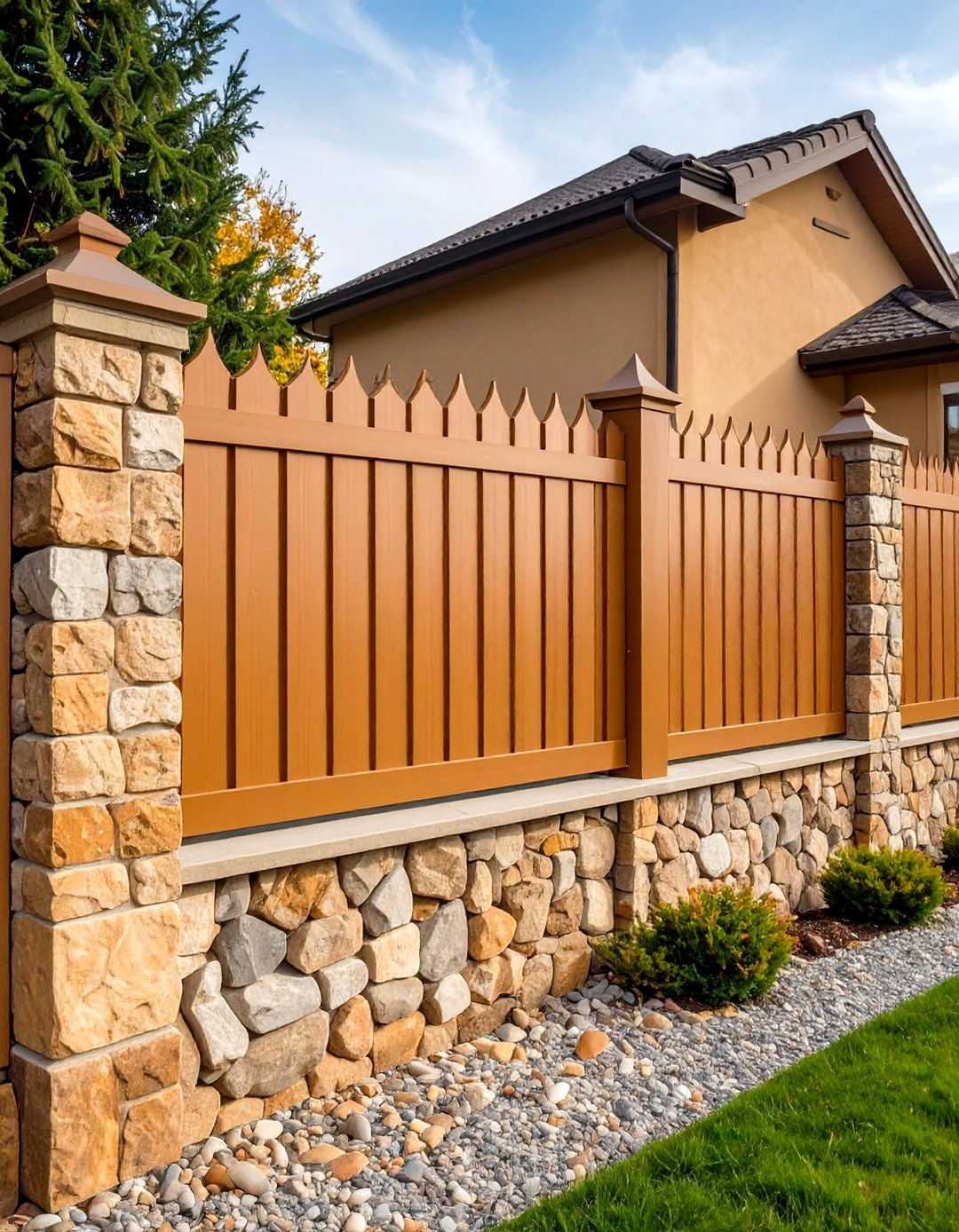
For masonry-heavy plots, a mid-tone taupe bridges cool patio pavers and earthy planting beds. Current exterior palettes favor these mushroom and putty notes for their ability to calm busy vistas while still camouflaging soil splashes. Low-sheen stains penetrate rather than coat, letting wood grain show through and reducing future flaking. Partner the fence with creamy planters and bronze fixtures for a cohesive “quiet luxury” look outdoors. A single maintenance wash each spring with a mild detergent keeps mildew at bay without stripping the subtle pigment.
4. Forest-Green Fence That Blends Into Foliage
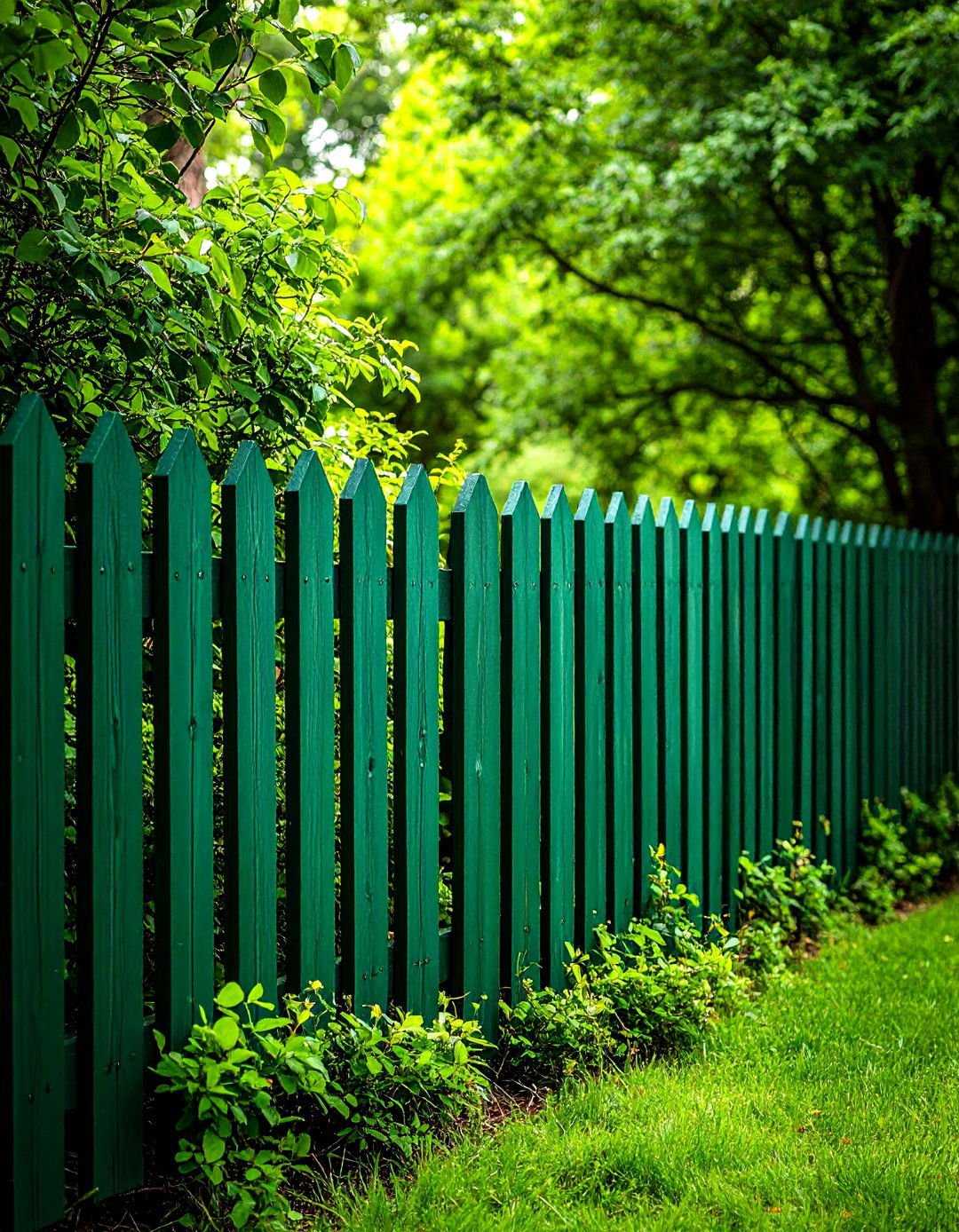
Borrowing from “Go-Away Green” camouflage science, a deep leafy tone lets boundaries melt into planting, helping small gardens feel boundless. Tests show eyes focus on brighter subjects first, so vibrant flowers pop dramatically against this backdrop. A matte, low-reflection finish hides rough sawn boards, and specialty camouflage paints now include exterior primers for one-coat coverage on timber or metal. Reapply every five years; darker greens fade gracefully, developing a mottled patina that stays harmonious with shrubs.
5. Slate-Gray Fence for Subtle Sophistication
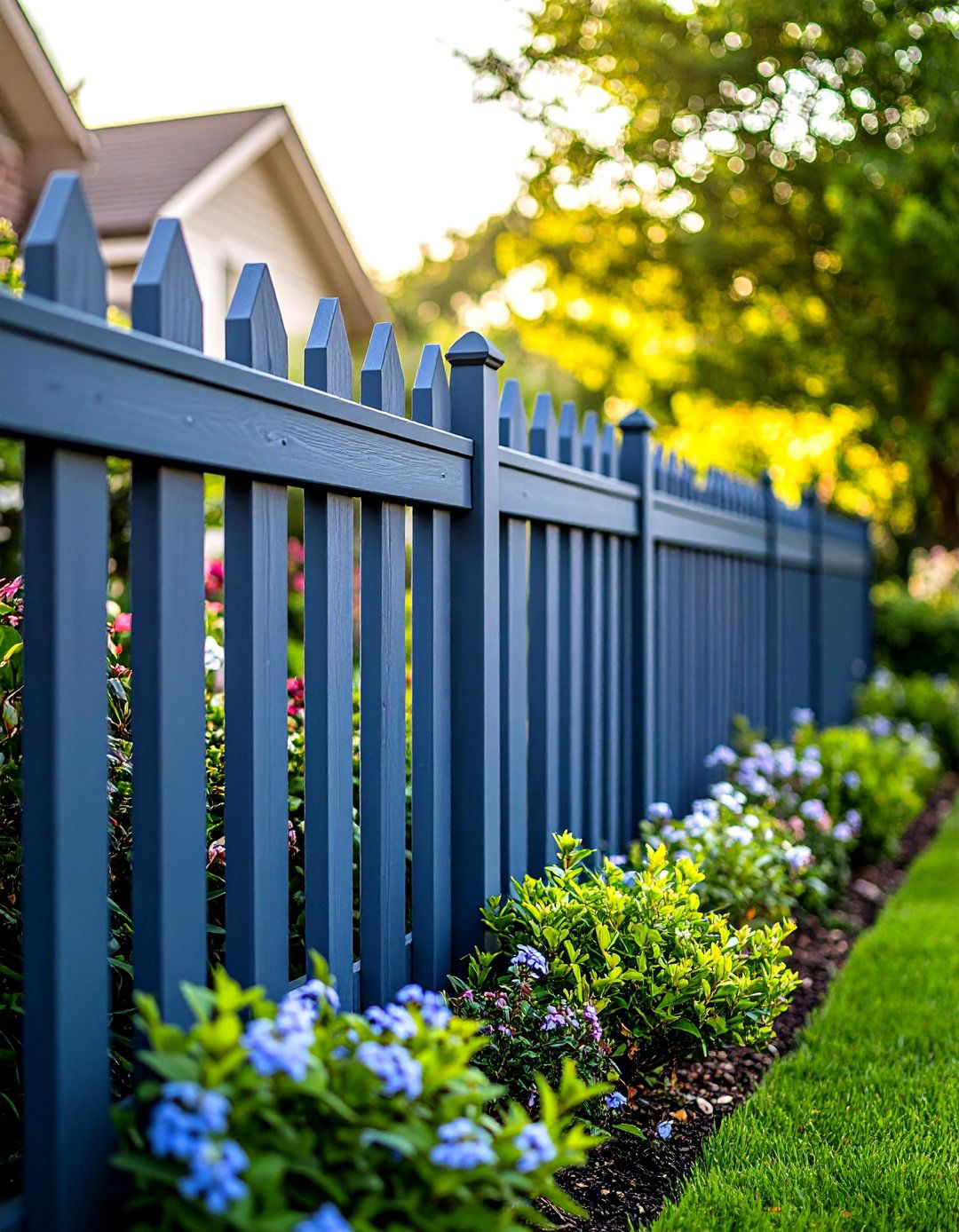
Unlike stark black, soft slate delivers depth without overwhelming compact spaces. Trend analysts list charcoal-gray stains among 2025’s top timber upgrades because they disguise knots and aging while pairing with nearly any flower color. Spray-application gives the most even result on grooved panels—mask adjacent plants first. Accent the look with galvanized planters or a pewter bird bath to echo the cool undertone and create textural contrast.
6. Coastal-Blue Fence for Seaside Serenity
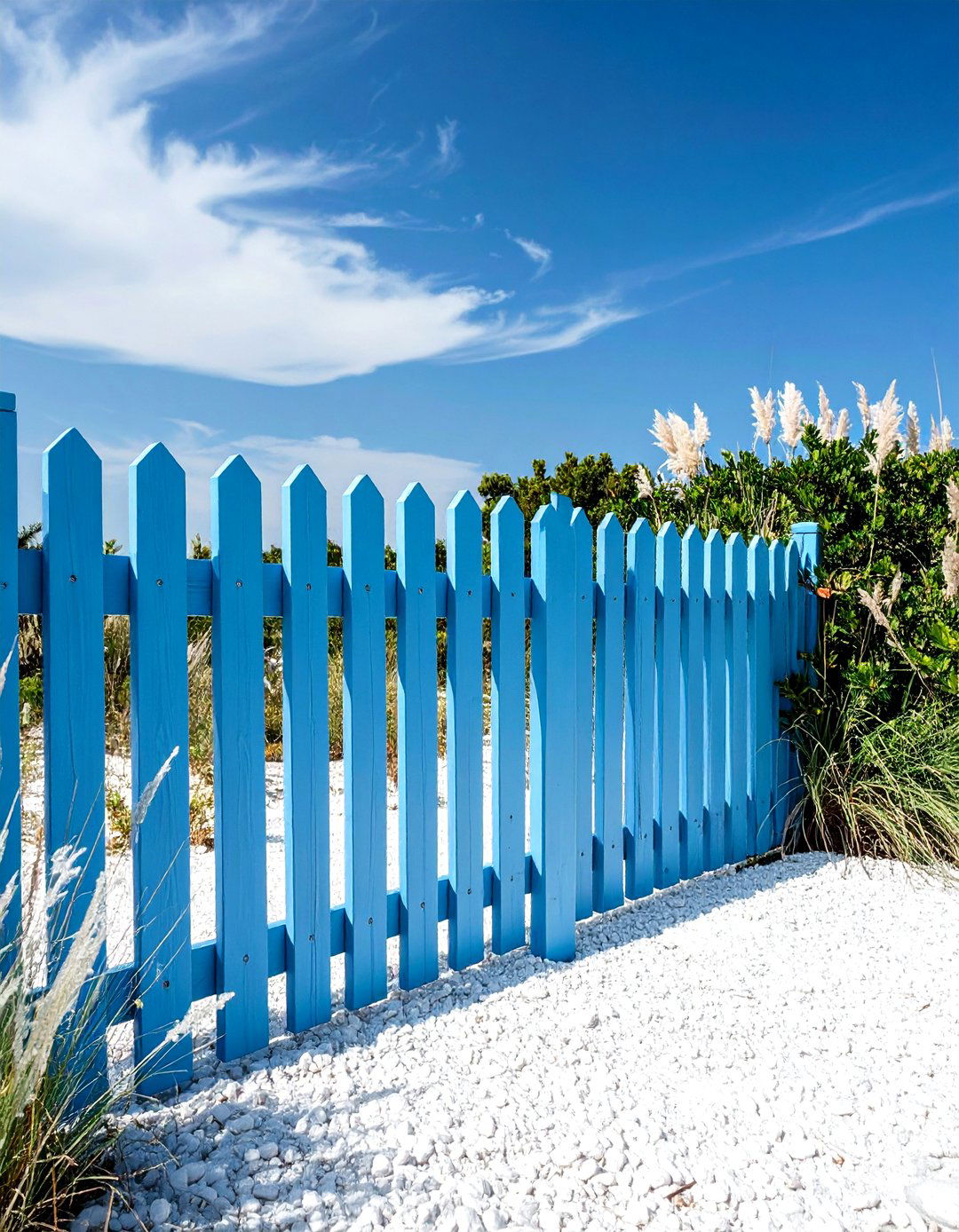
Looking to evoke a breezy beach vibe? Mid-blue planks mirror sky and water, extending sightlines horizontally and making lawns feel larger. Pair the hue with white gravel, rope balustrades, and silver grasses for a complete coastal scene. Use exterior enamel with high salt-spray resistance if you live near the ocean; it prevents premature blistering from brine and humid winds—standards many 2025 marine-grade paints now meet.
7. Rustic Barn-Red Fence for Farmhouse Warmth
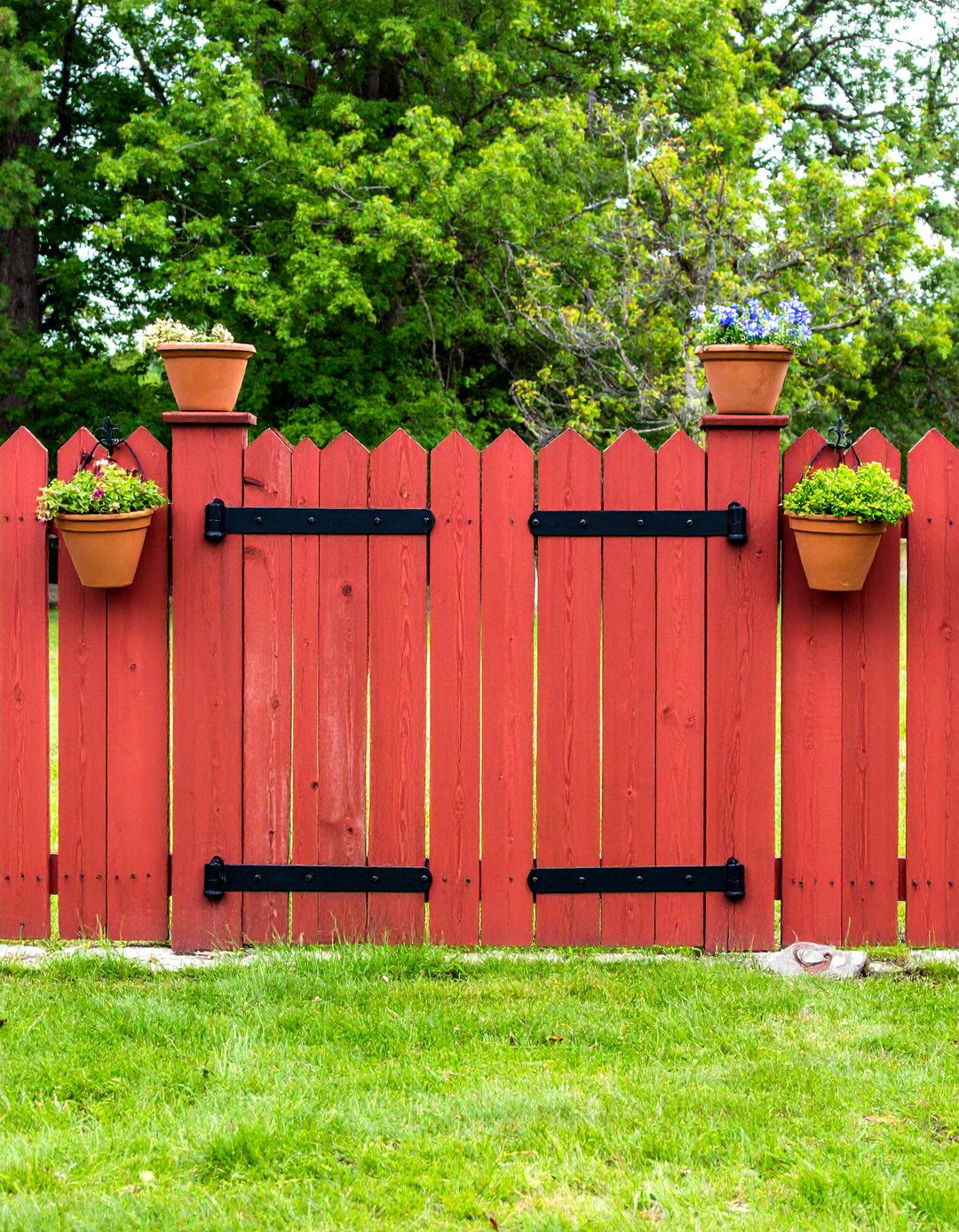
Rich oxide red remains a best-seller in livestock-safe coatings for its heritage appeal and UV-stable iron-oxide pigments. The color makes evergreen hedges appear lusher and complements terracotta pots. Combine two thinner coats instead of one thick layer to avoid lap marks, and finish posts with black hardware for a handsome Americana accent.
8. Honey-Oak Stained Fence to Celebrate Natural Grain
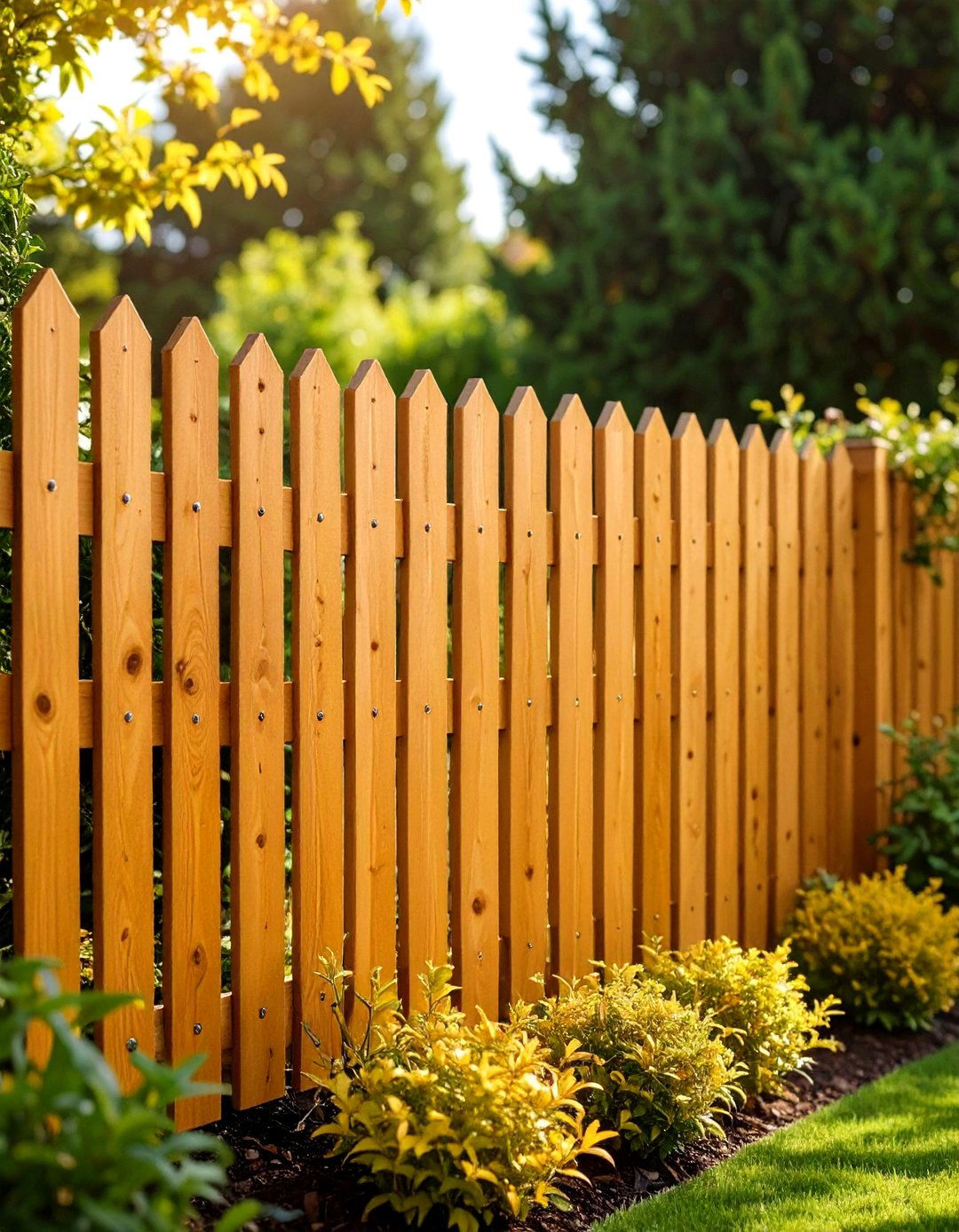
If you love timber’s organic figure, a translucent honey stain highlights knots while adding golden warmth that flatters late-afternoon light. Garden DIYers report wood-reviver gels restore weathered gray boards in just 15 minutes before staining, saving on sanding labor. Seal the final coat with a clear nanotech top-sealant to delay UV bleaching for three seasons or more.
9. Soft-Sage Fence for Restful Backdrops
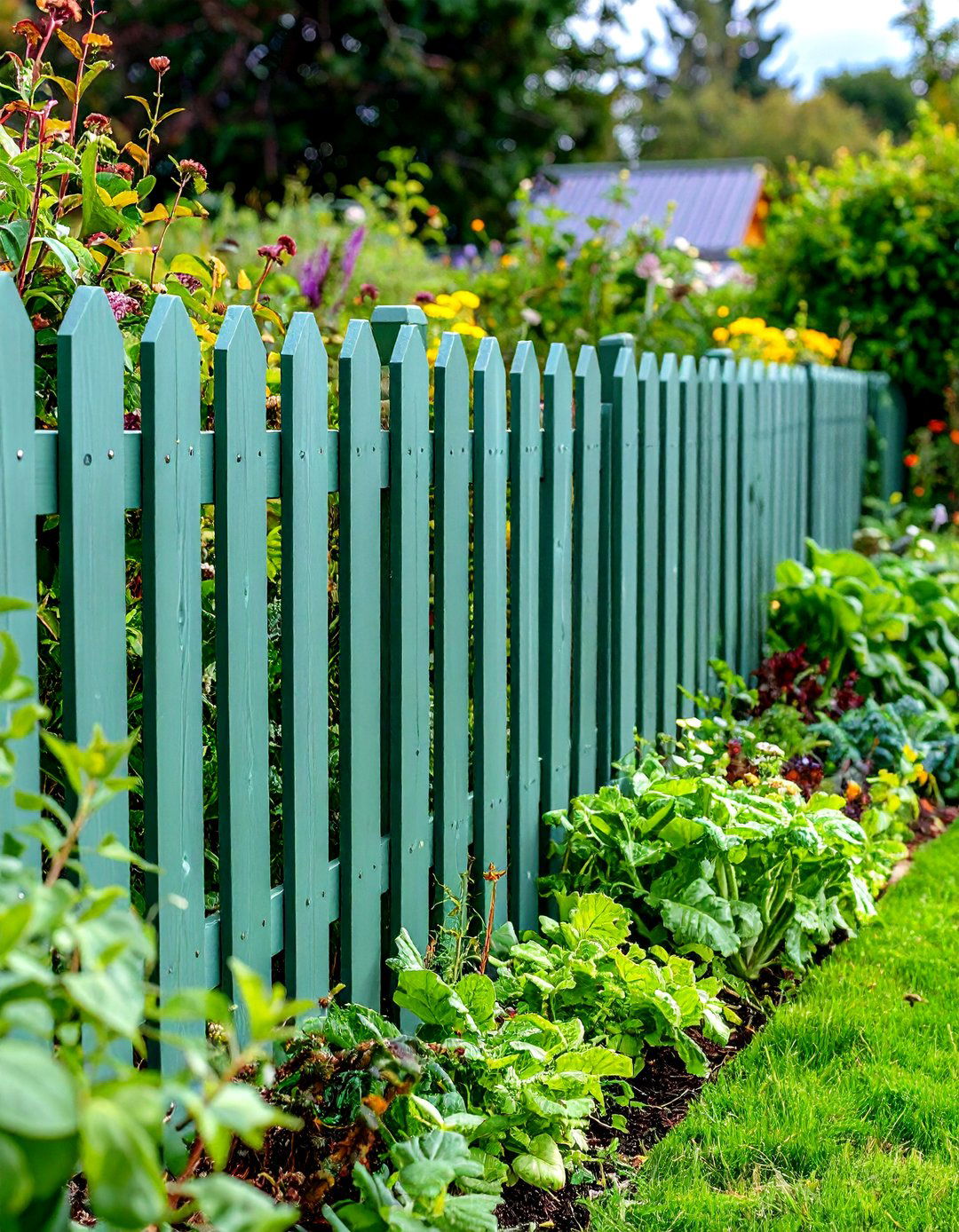
Gentle sage occupies the sweet spot between green camouflage and fashionable gray, giving vegetable beds a calming canvas. Horticulturists note that muted greens reduce visual clutter, helping showcase herb textures. Opt for a mildew-resistant acrylic that stays breathable; foliage pressed against the fence will stay healthier thanks to improved airflow over harder glosses.
10. Espresso-Brown Fence for Cozy Enclosure
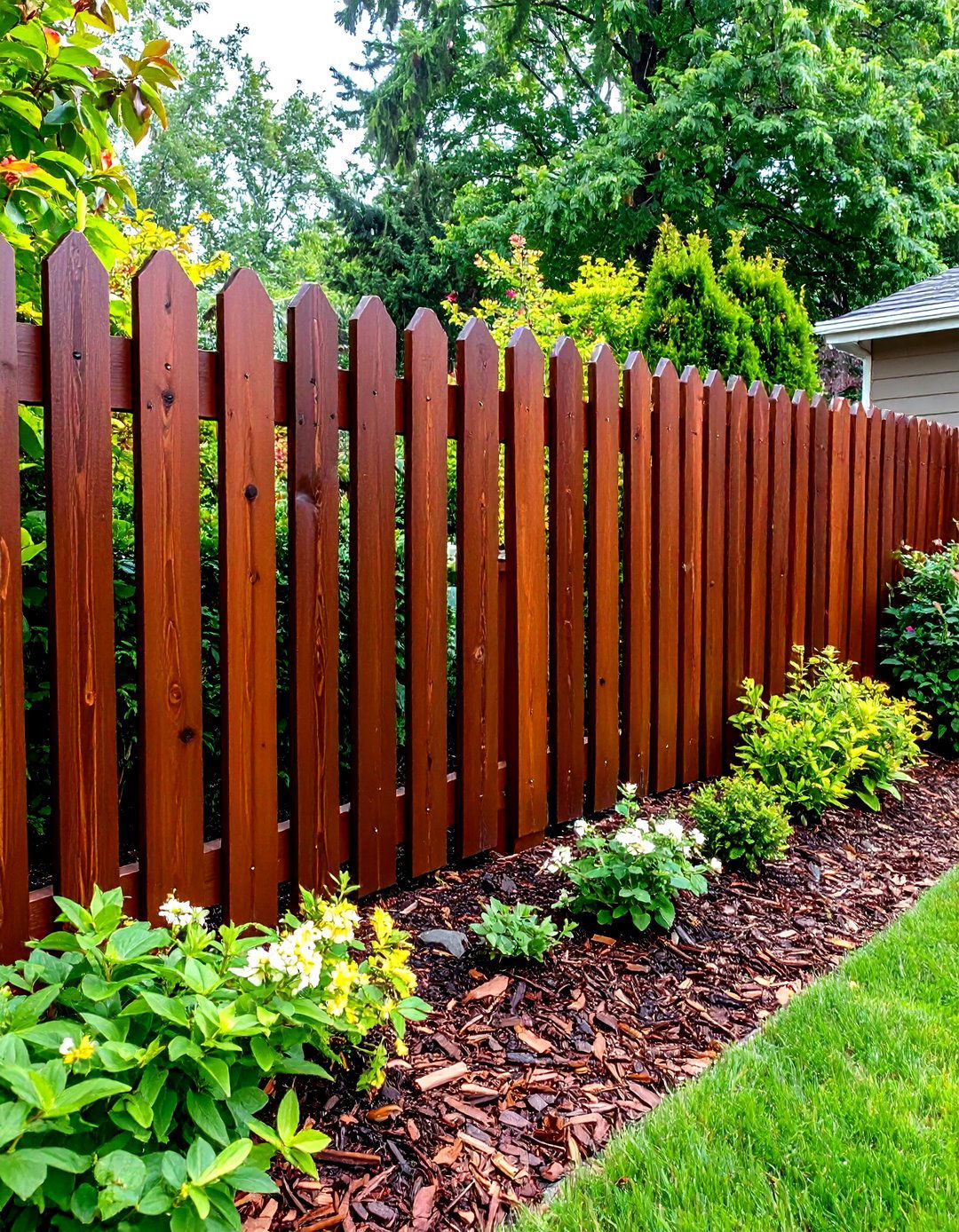
Dark coffee stains create the illusion of depth, perfect for privacy without erecting taller panels. They also hide splash-back from mulched borders better than paler colors. Heat absorption can extend the growing season for espaliered fruit if you position trees along south-facing runs. Regularly hose dust off the matte surface—dirt buildup dulls rich browns faster than UV exposure.
11. Creamy-Ivory Fence to Brighten Shaded Corners
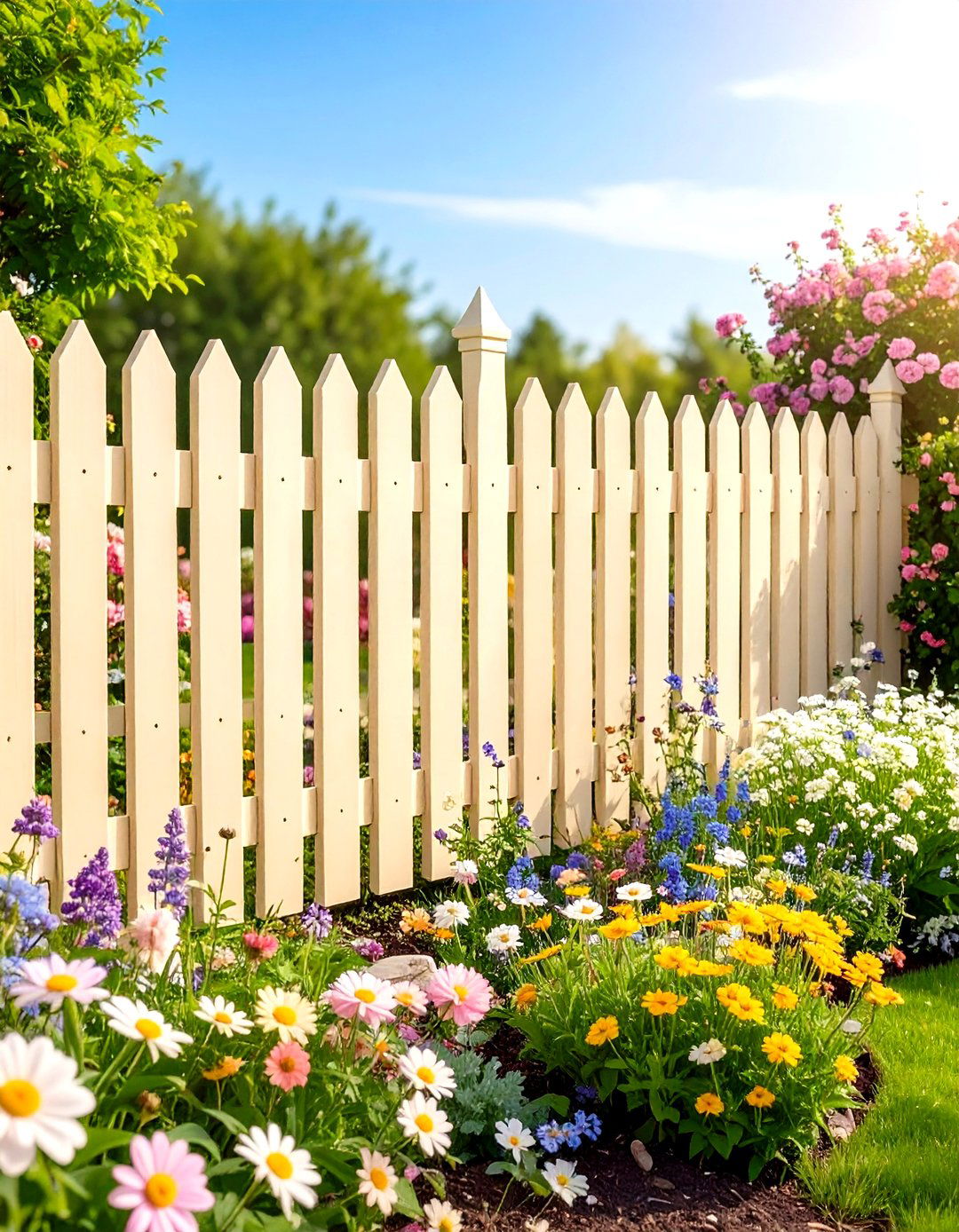
Softer than pure white, ivory reflects light while masking pollen stains. Real-estate experts rank muted off-whites among the top resale-boosting fence choices for cottage gardens. Finish with a polyurethane topcoat to resist grime, and pair with pastel blooms such as delphinium or foxglove for a romantic palette.
12. Terracotta-Clay Fence for Mediterranean Warmth
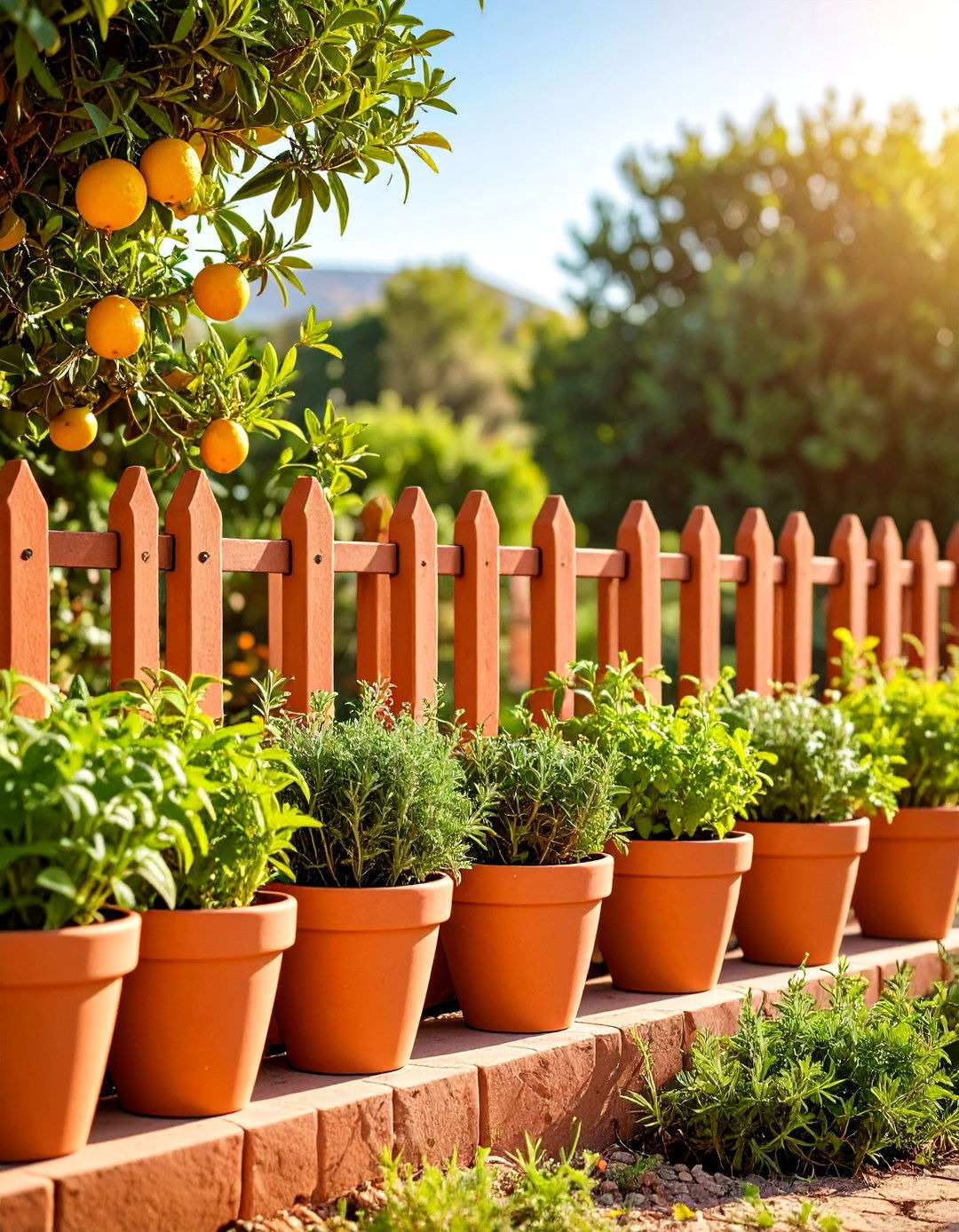
Earthy clay tones echo sun-baked tiles and instantly transport patios to southern Europe. Designers suggest teaming the fence with herbs, citrus pots, and wrought-iron accents for an authentic alfresco feel. Use a breathable masonry-look paint if your boards abut rendered walls so textures stay coherent.
13. Dusty-Lavender Fence for Subtle Whimsy
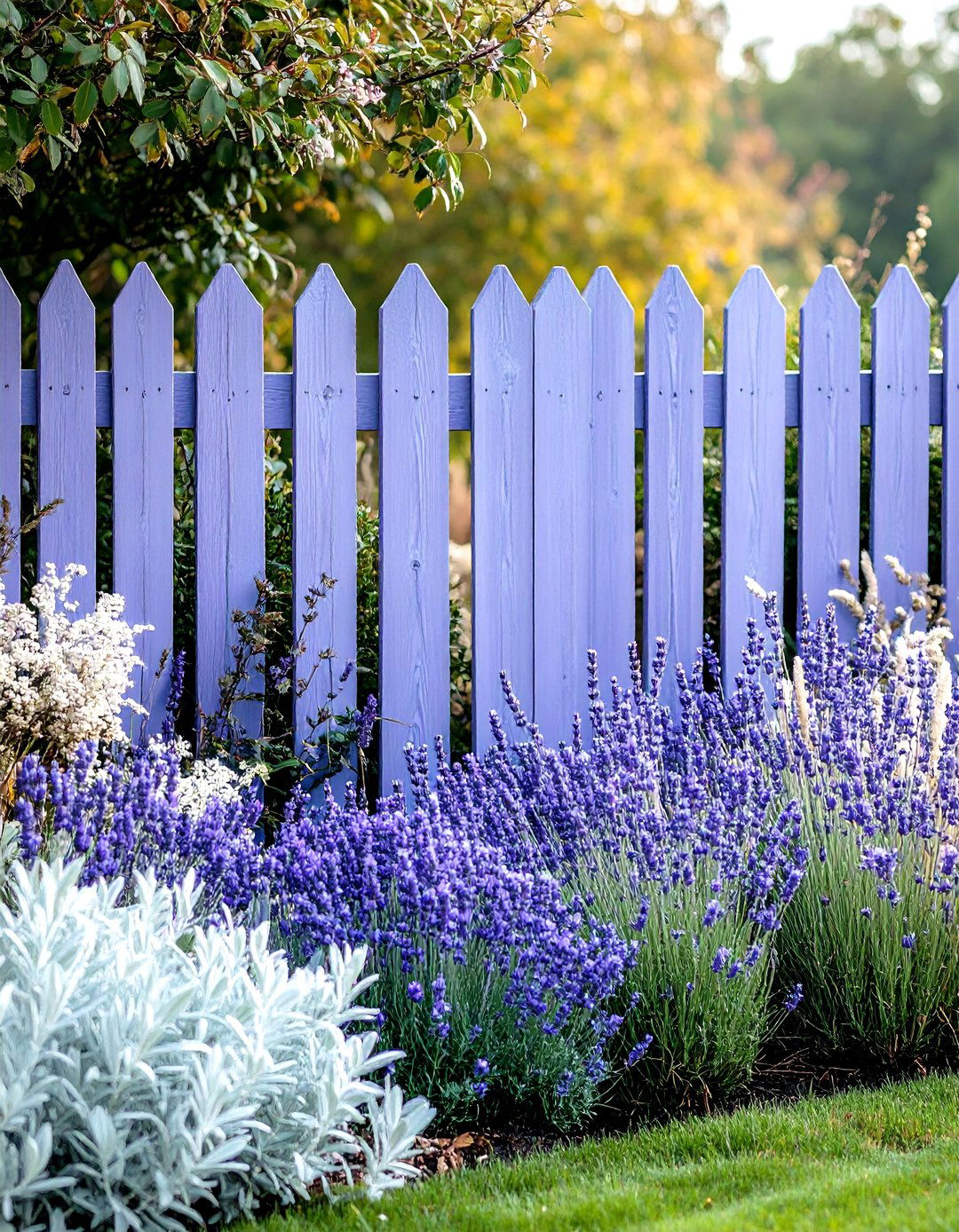
Surprisingly versatile, muted lavender contrasts beautifully with silver-leaf plants and ornamental grasses, giving cottage plots a modern twist. Paint manufacturers list “Dusty Lavender” among their fast-growing exterior sales due to its soft, chalky finish that weathers elegantly. Apply two cross-direction coats with a microfiber roller to avoid streaking such pale pigments.
14. Deep-Navy Fence for Dramatic Depth
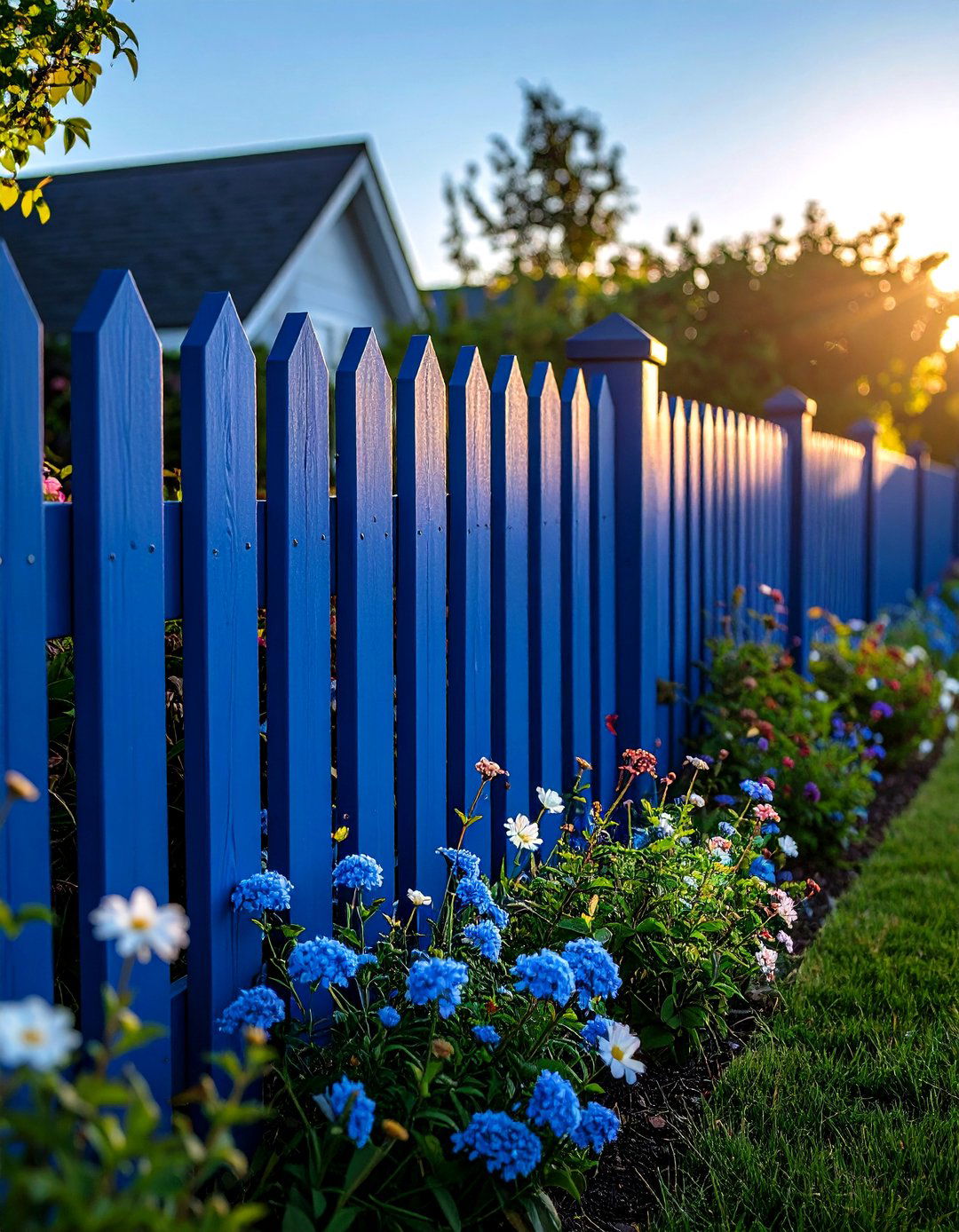
A saturated navy frames bright annuals like a picture border and echoes evening skies for twilight entertaining. Garden stylists rank deep blues alongside blacks for their capacity to make foliage glow without feeling stark. Choose a formulation with high hide and fade-resist technology; blues are notorious for chalking if binder quality is poor.
15. Weathered Driftwood-Gray Fence for Coastal Rustic
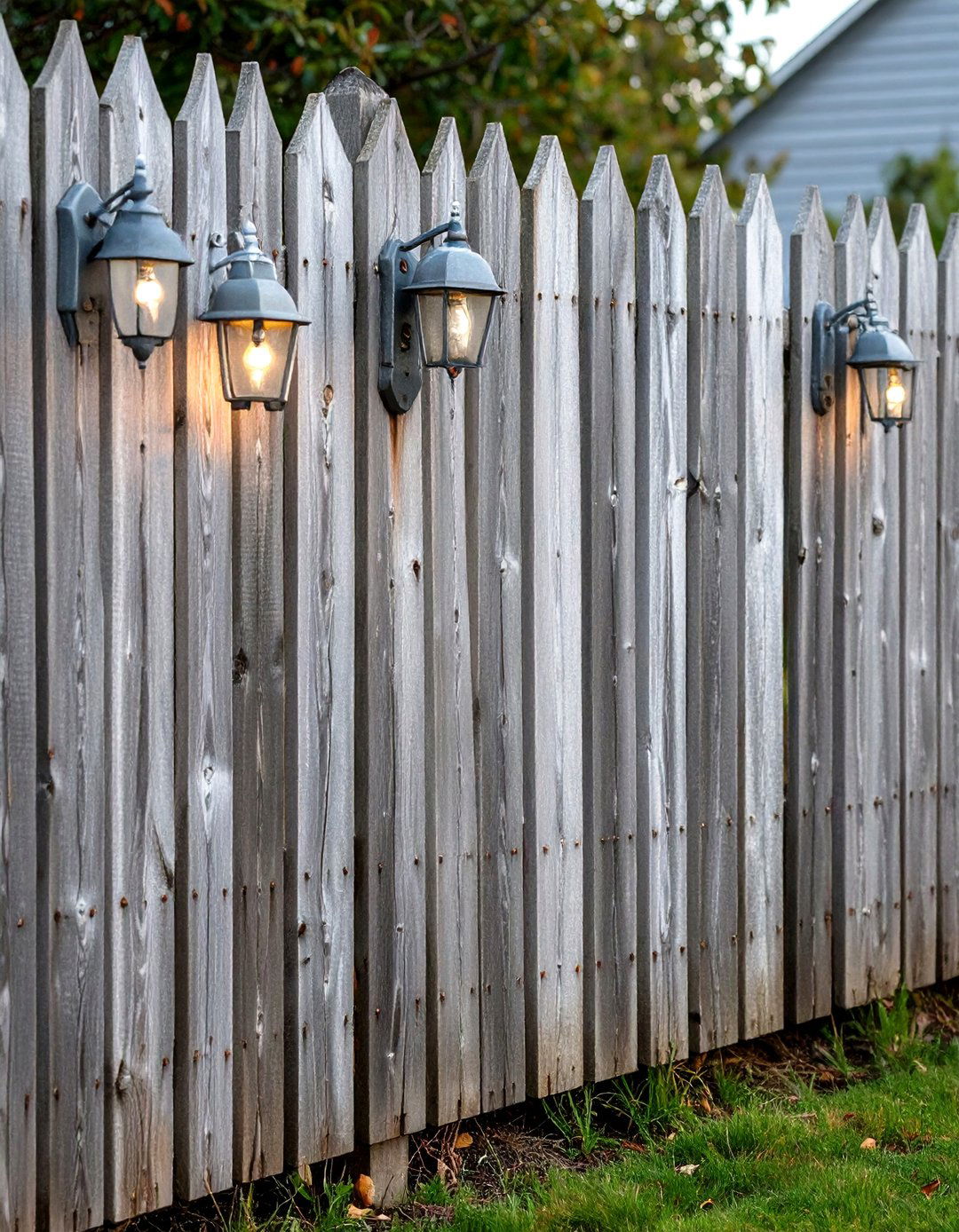
Prefer an aged seaside feel? Bleaching stains weather to a silvery driftwood tone within twelve weeks, eliminating the wait for natural graying. Manufacturers tout mildew resistance and UV absorbers that slow further decay, letting grain peek through for texture. Complement with galvanized steel lighting to reinforce the weather-beaten aesthetic.
16. Sunshine-Yellow Fence for Instant Cheer
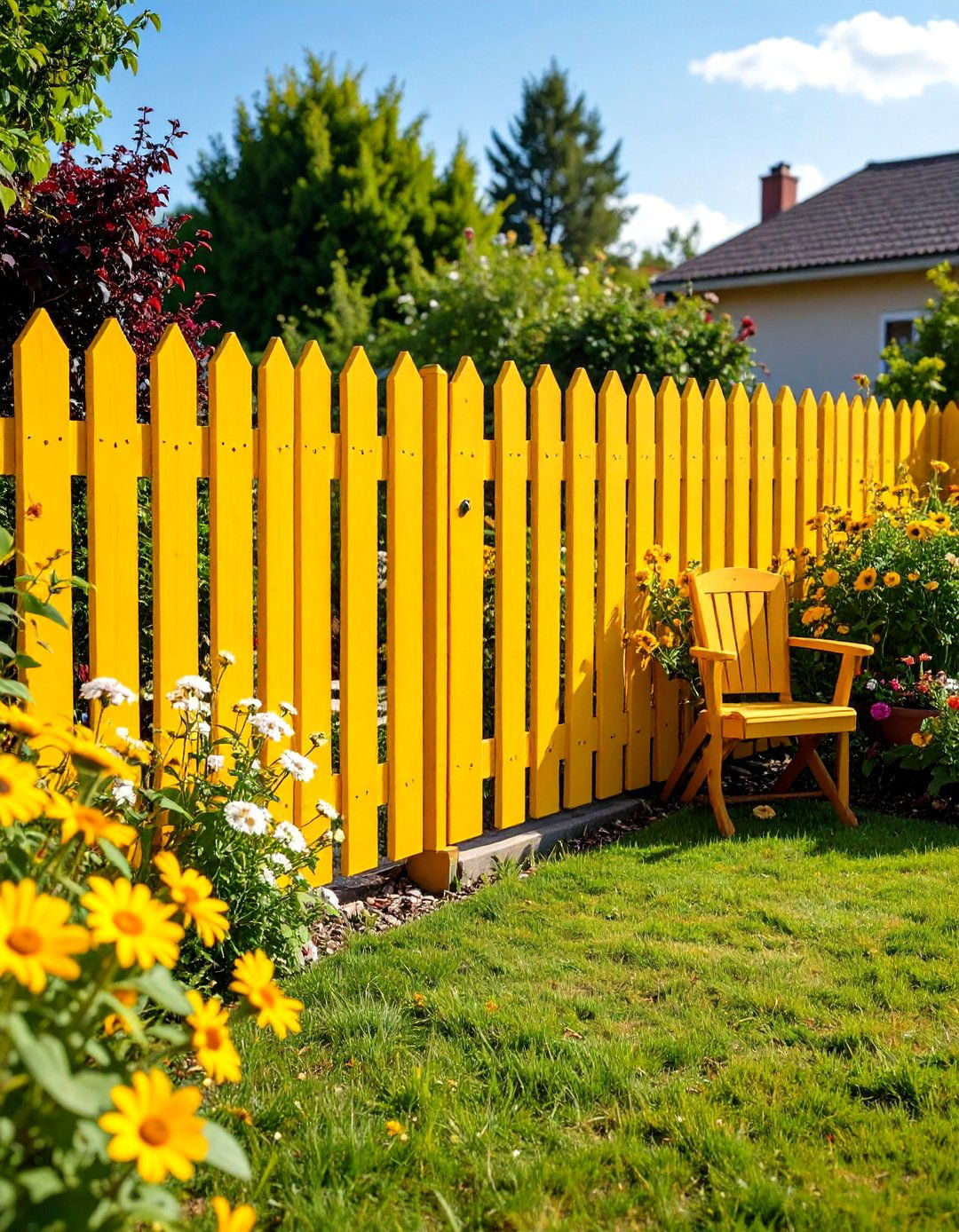
Bold yet surprisingly garden-friendly, warm sunflower yellow counteracts overcast climates by injecting a perpetual ray of light. Color psychologists link yellows with optimism, making them perfect for play areas or kitchen-garden backdrops. Pigment specialists describe “Sunshine” as one of the most fade-stable yellows in outdoor ranges thanks to modern oxide blends. Balance the brightness with neutral furniture or white trellis panels.
17. Pewter-Gray Metallic Fence for Contemporary Edge
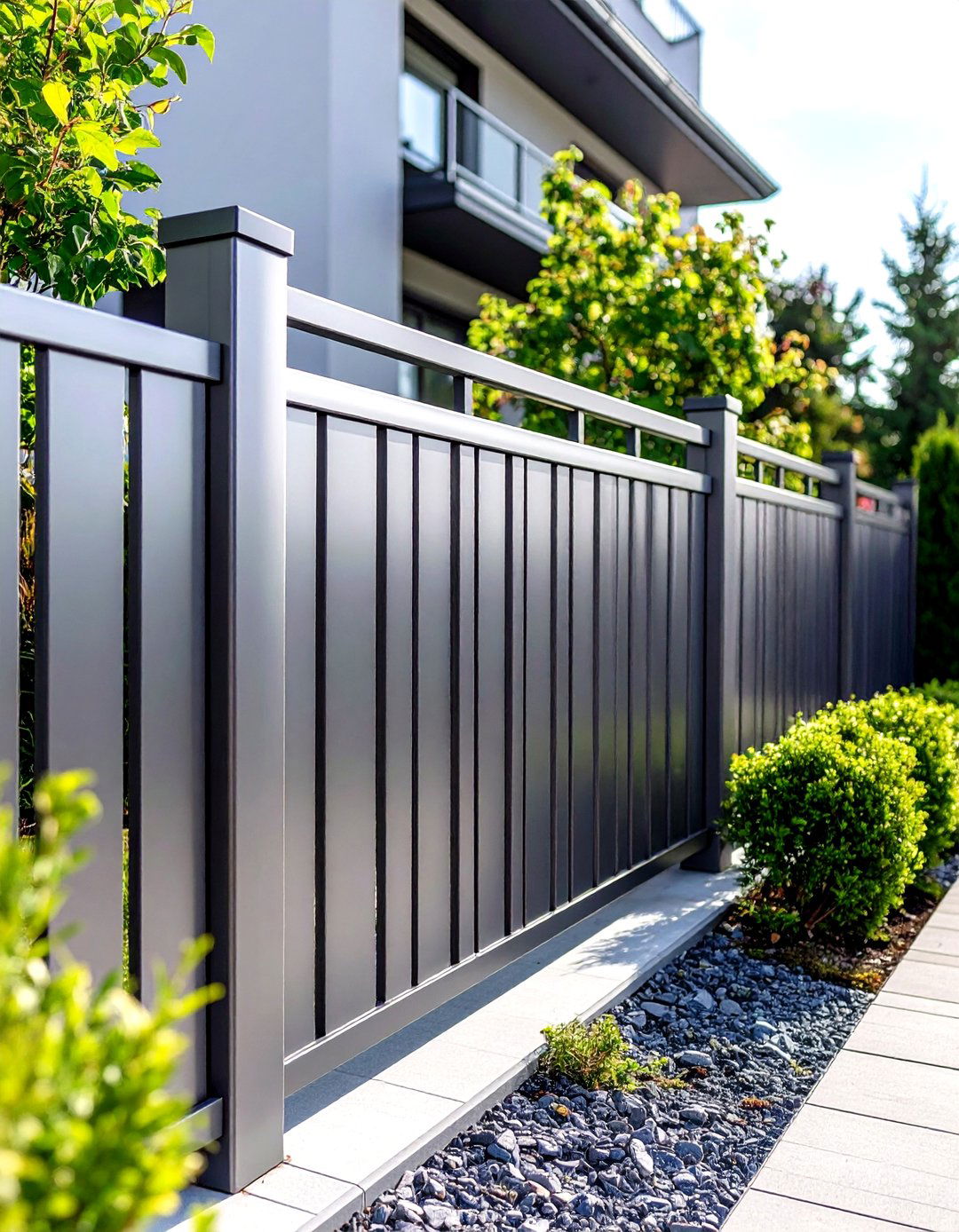
Hybrid solid-stains in pewter deliver a sleek steel tone while still allowing wood texture to telegraph through. The color’s mid-value hides dust better than black yet feels more current than flat gray. Lab tests show pewter formulations resist UV fade for a decade when applied at proper spread-rate. For an ultramodern twist, run horizontal boards and match gate hardware in brushed nickel.
18. Rich-Burgundy Fence for Luxe Accent
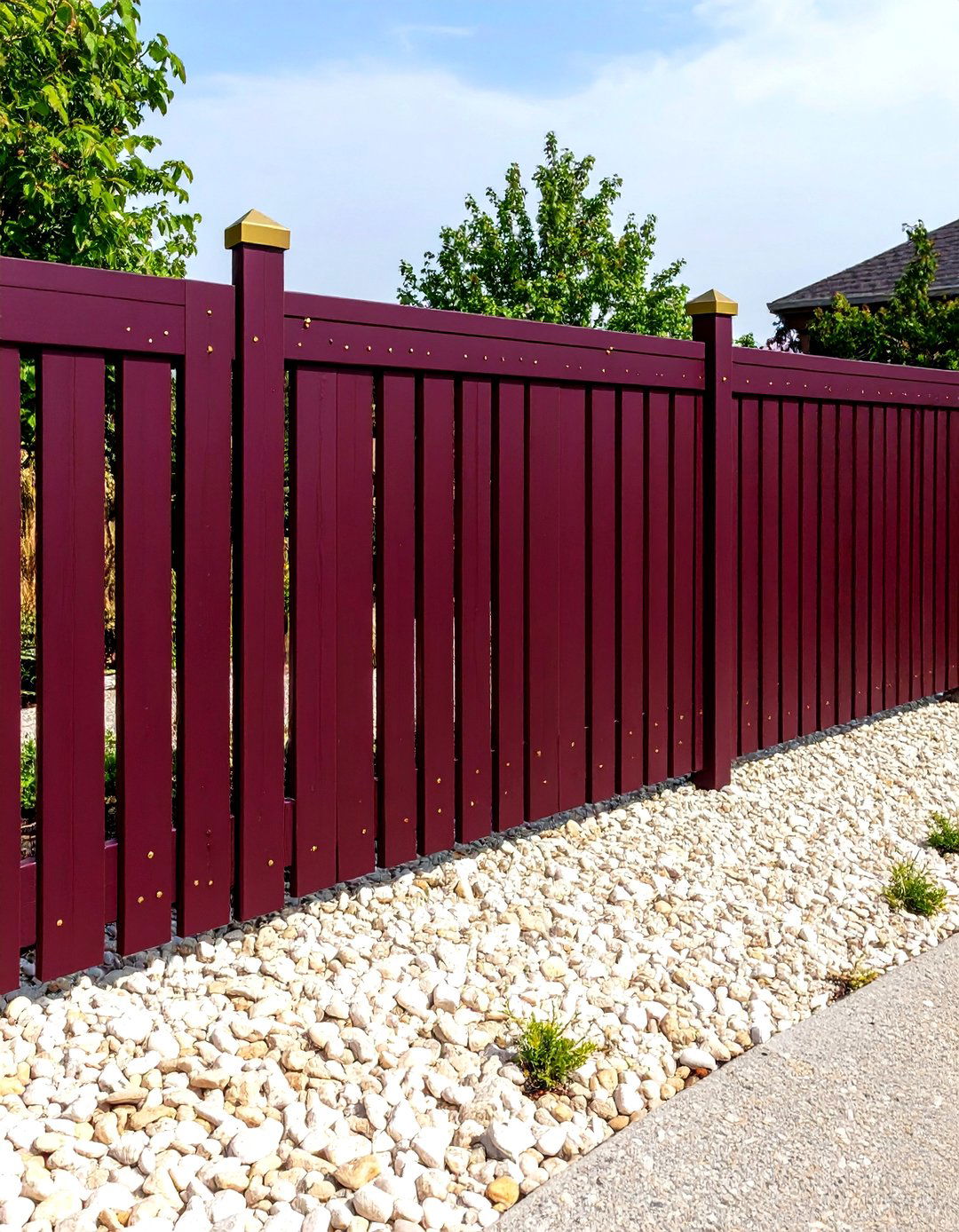
Design forecasters name deep wine reds the “statement neutral” of the year, bringing warmth without resorting to brights. Burgundy pairs beautifully with cream gravel and brass fixtures, and a satin acrylic minimises glare while remaining washable. Exterior tests on latex burgundy paints confirm excellent hiding power over darker substrates, saving labour on priming.
19. Blue-Gray “Blending” Fence to Disappear Into Sky
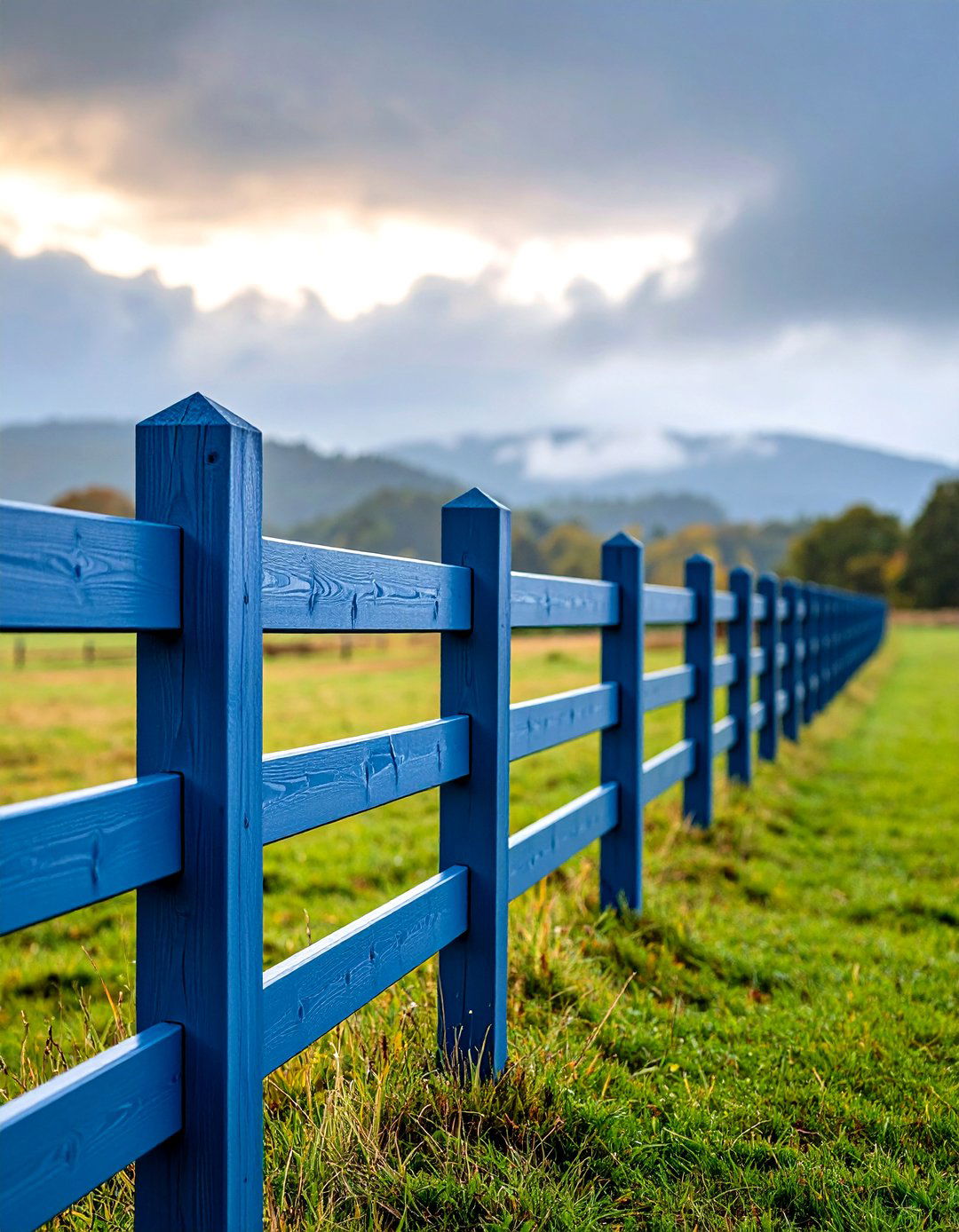
Borrowing from theme-park camouflage tricks, a smoky blue-gray fools the eye by mimicking open sky, so the fence line visually recedes. This optical blending is ideal for rooftop terraces or balconies overlooking urban skylines. Use a high-reflective-value variation if you want maximum illusion during bright midday light.
20. Two-Tone Fence Colour Pairings for Custom Flair

Painting rails and posts a contrasting color highlights architectural lines and helps low fences feel taller. Outdoor trend round-ups show homeowners gravitating toward deep panels with crisp white or pale trims to echo interior millwork. Tape edges firmly and paint lighter details first; once dry, cover them with painter’s plastic before brushing the darker field color. This technique doubles visual interest while using half the paint of a full fence makeover.
Conclusion:
Choosing the right fence color balances aesthetics, practicality, and climate. Light tints like white, ivory, and yellow amplify space and brightness, while deep charcoals, navies, and espresso hues offer dramatic plant theatre and camouflage marks. Mid-tones such as taupe, sage, and pewter strike a sophisticated middle ground, and specialty options—terracotta, driftwood gray, or two-tone details—deliver distinct personality. By aligning hue with garden goals and protective technology, you ensure your fence not only looks striking but also stands up gracefully to weather and time.


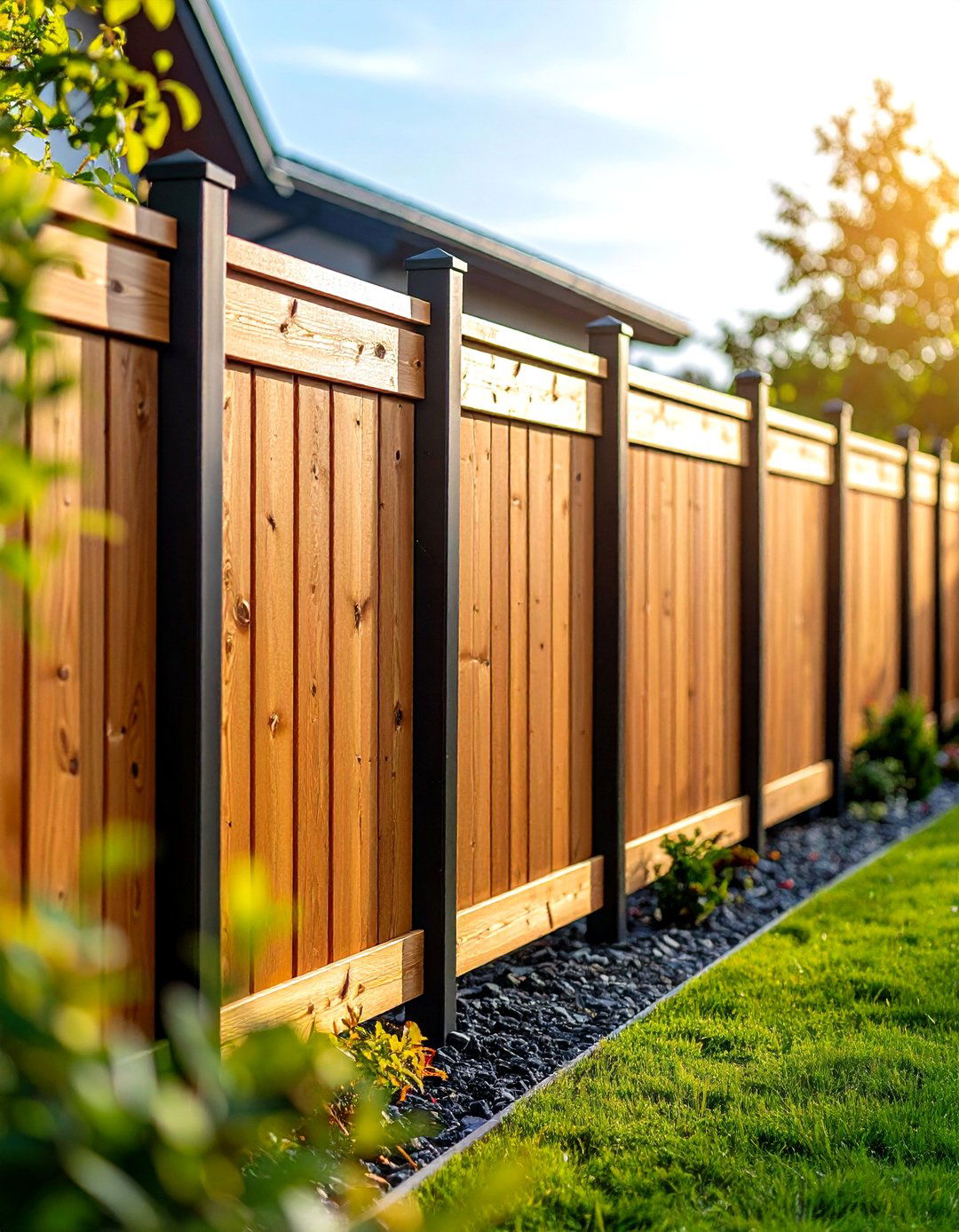
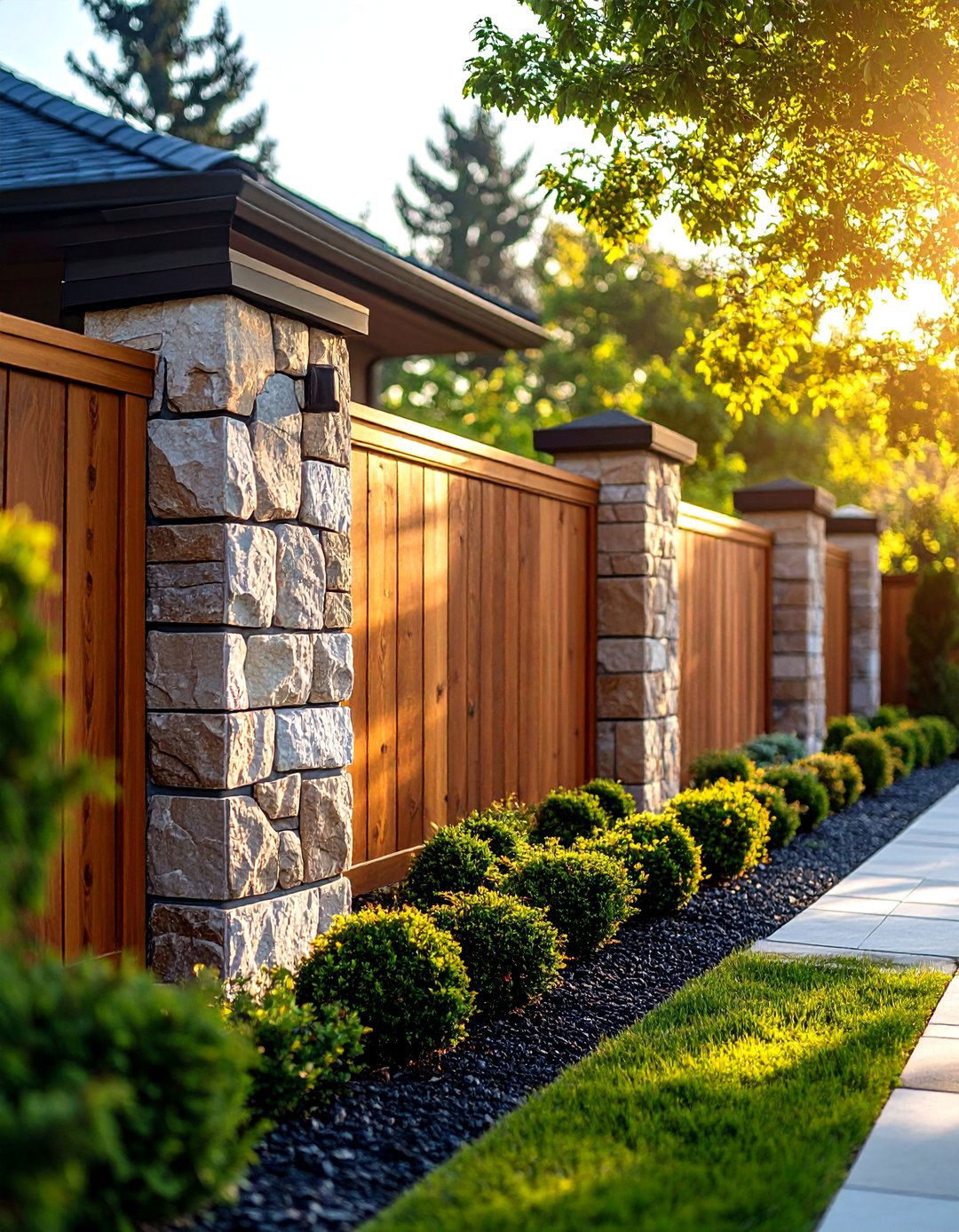
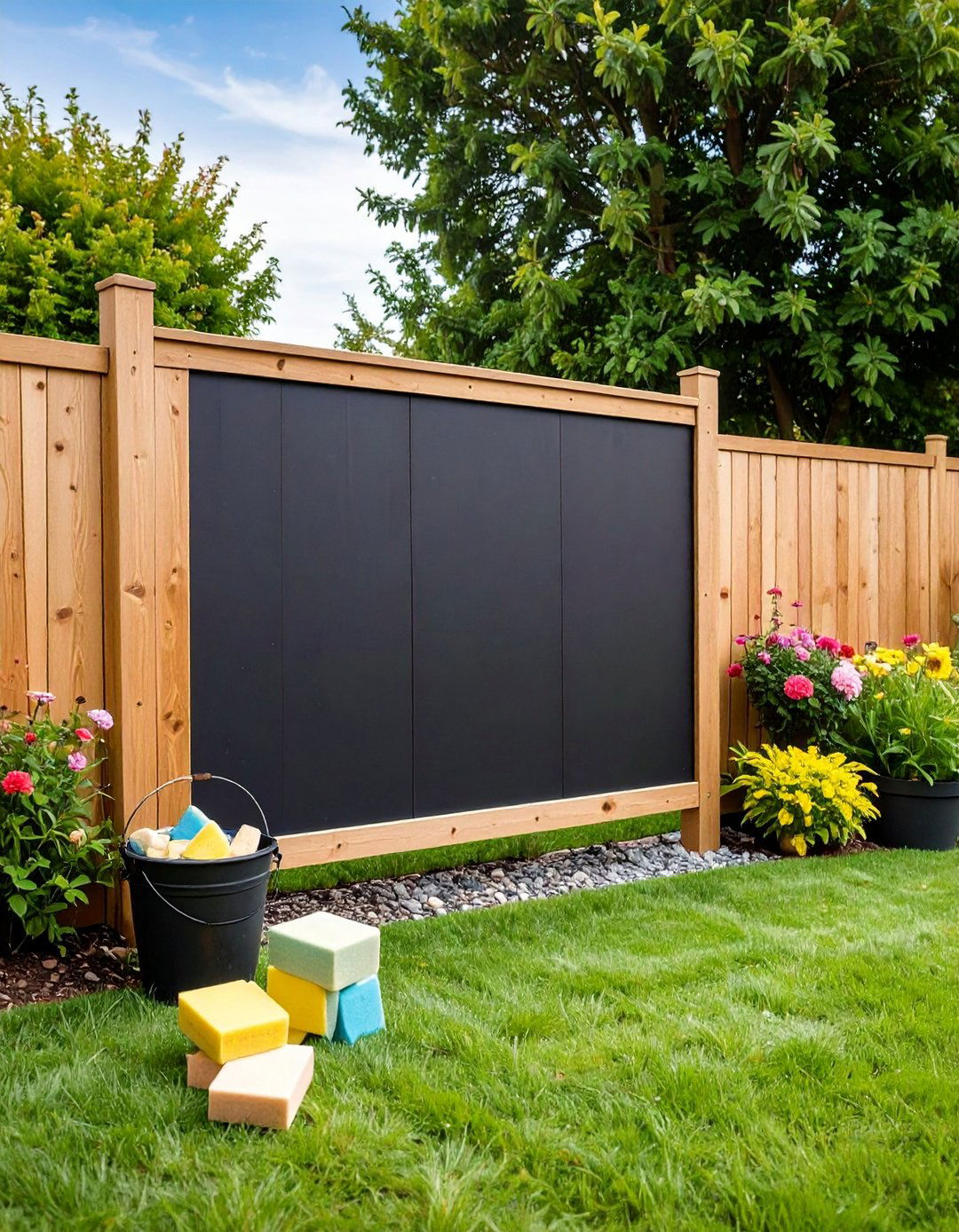
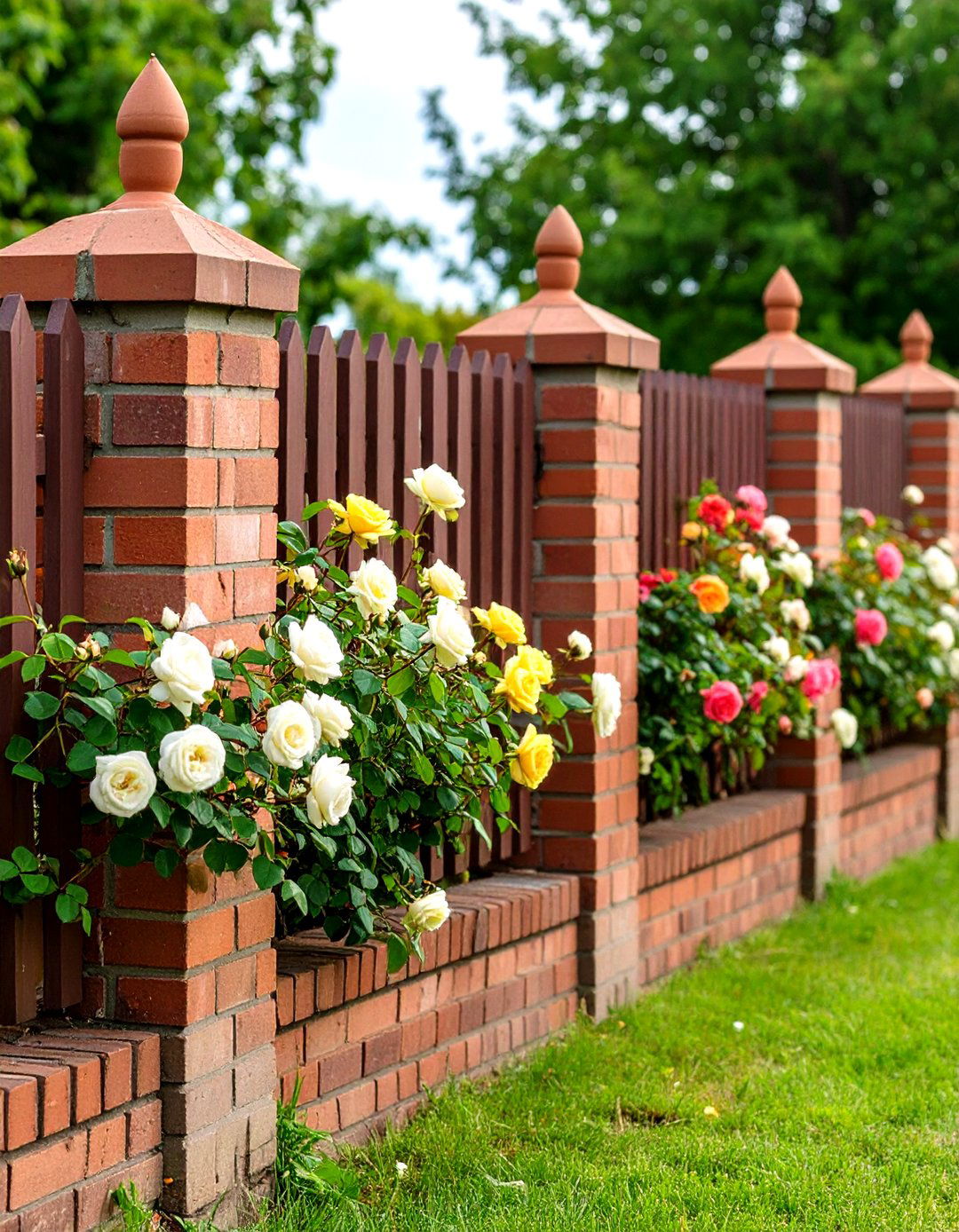
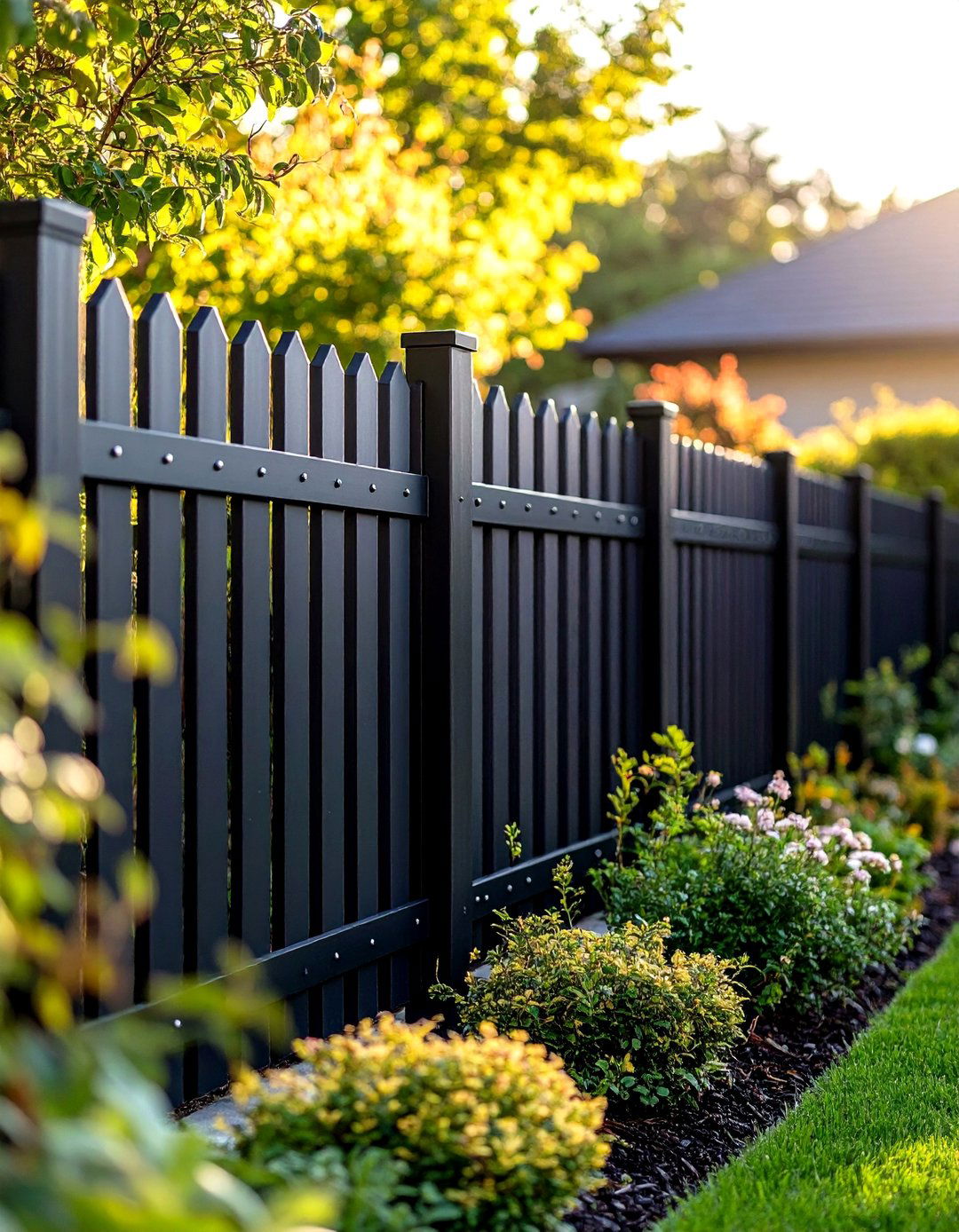

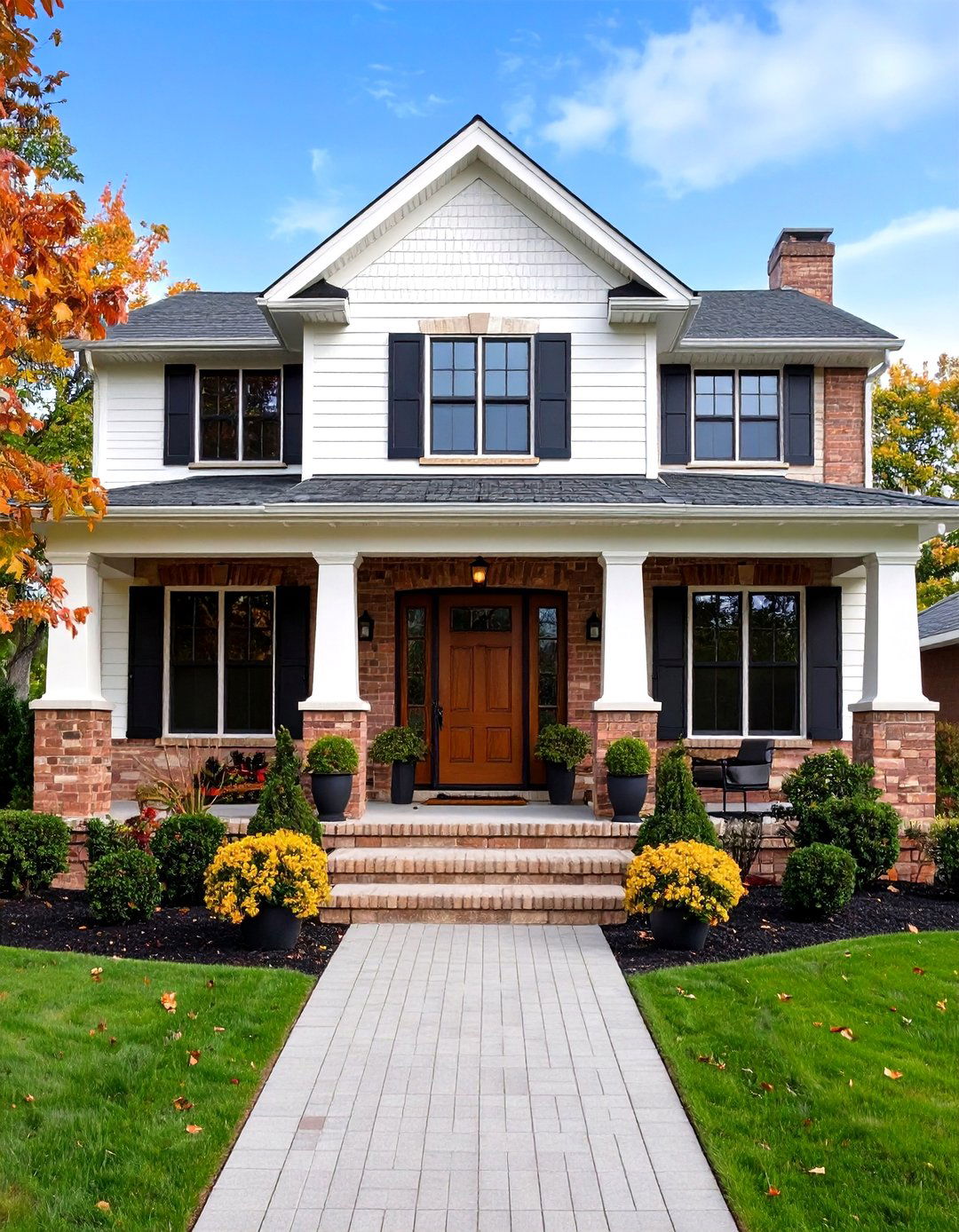

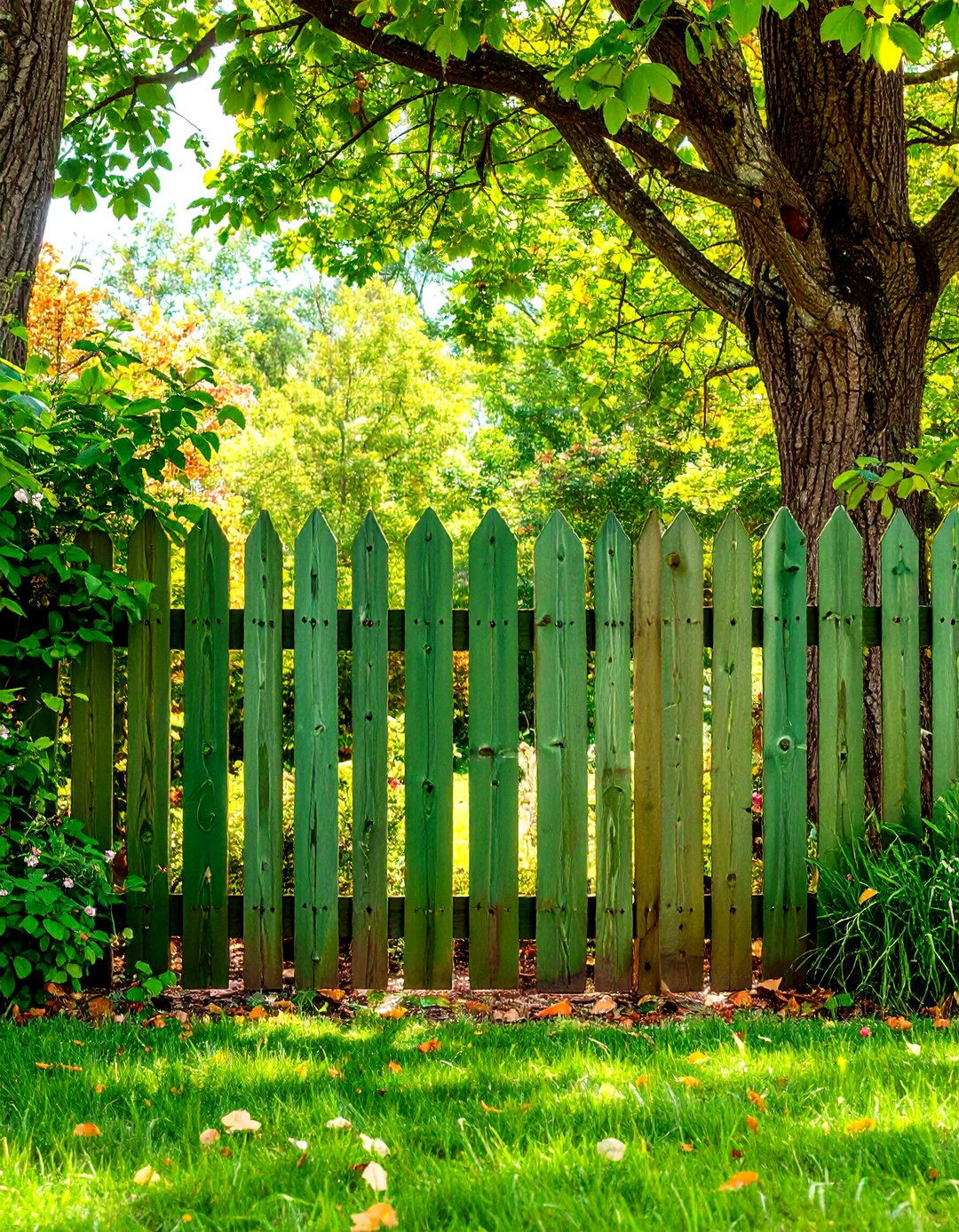
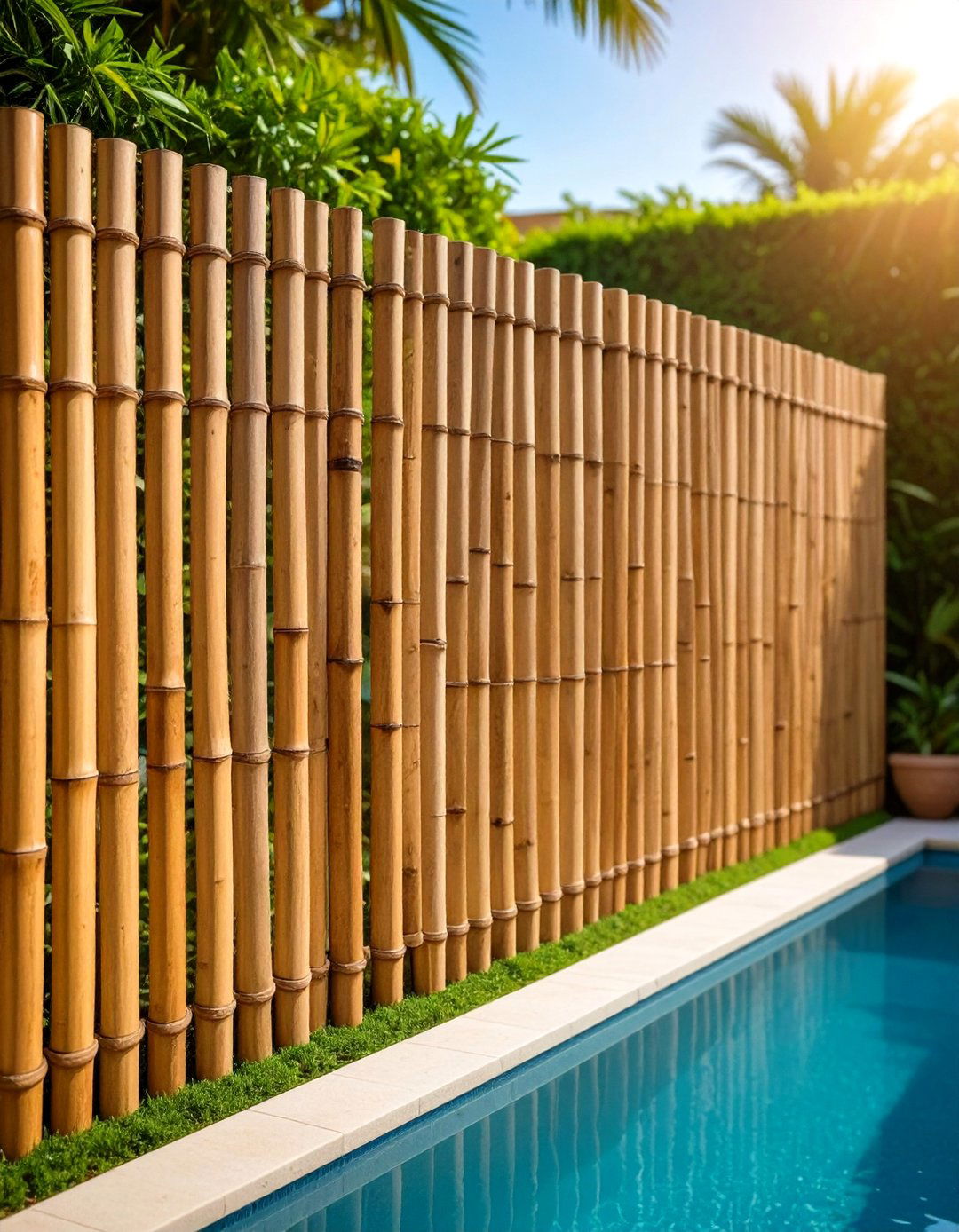
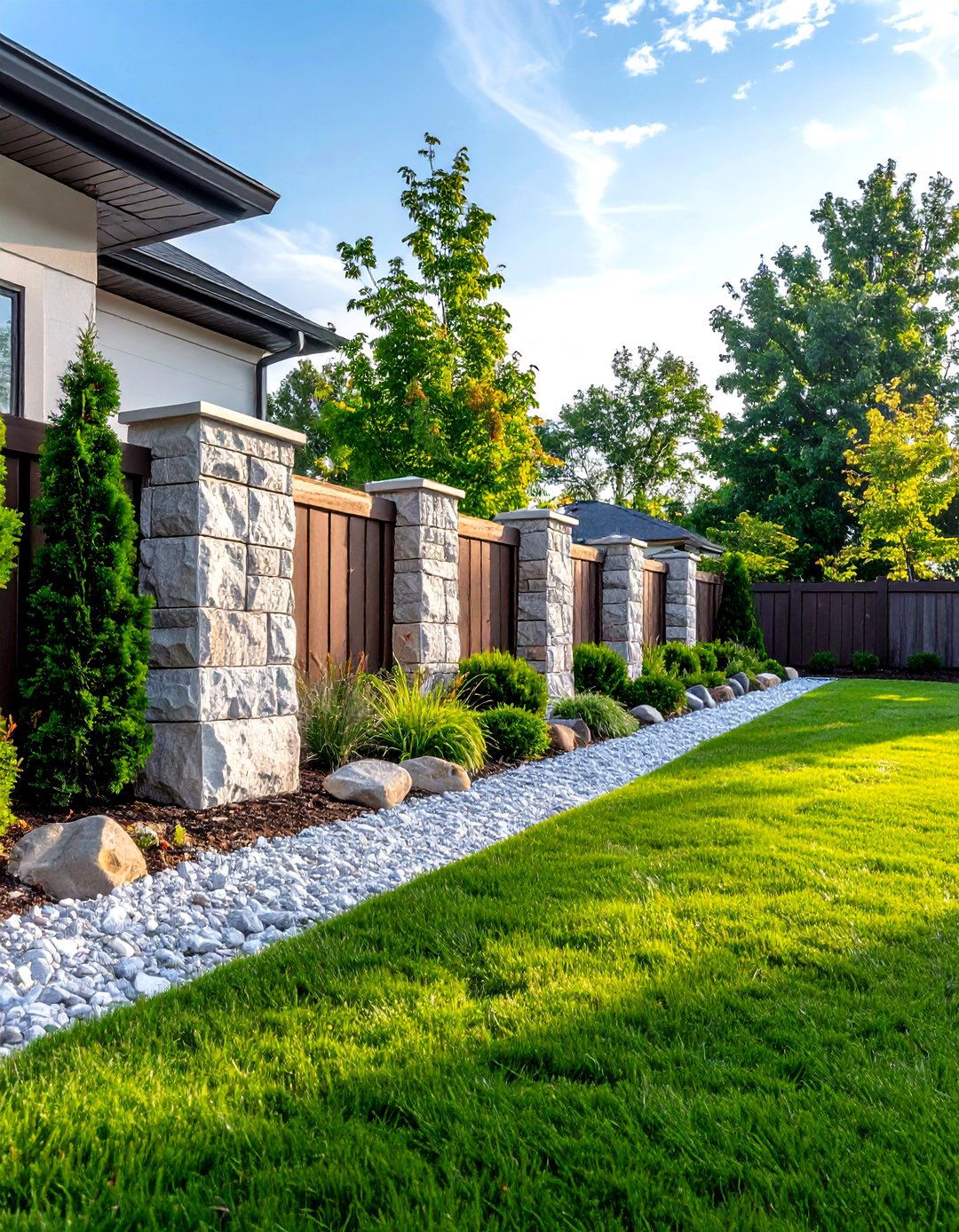
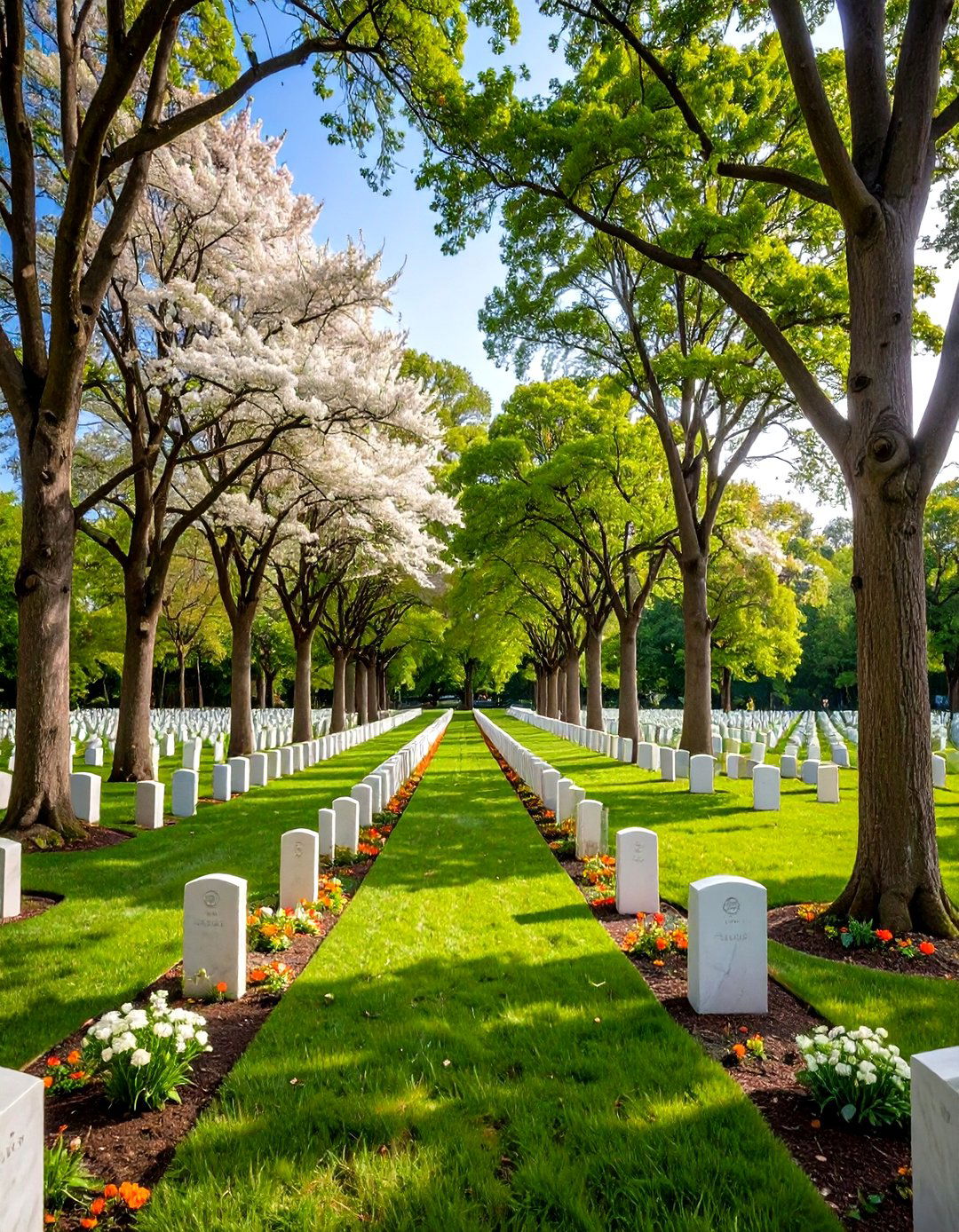
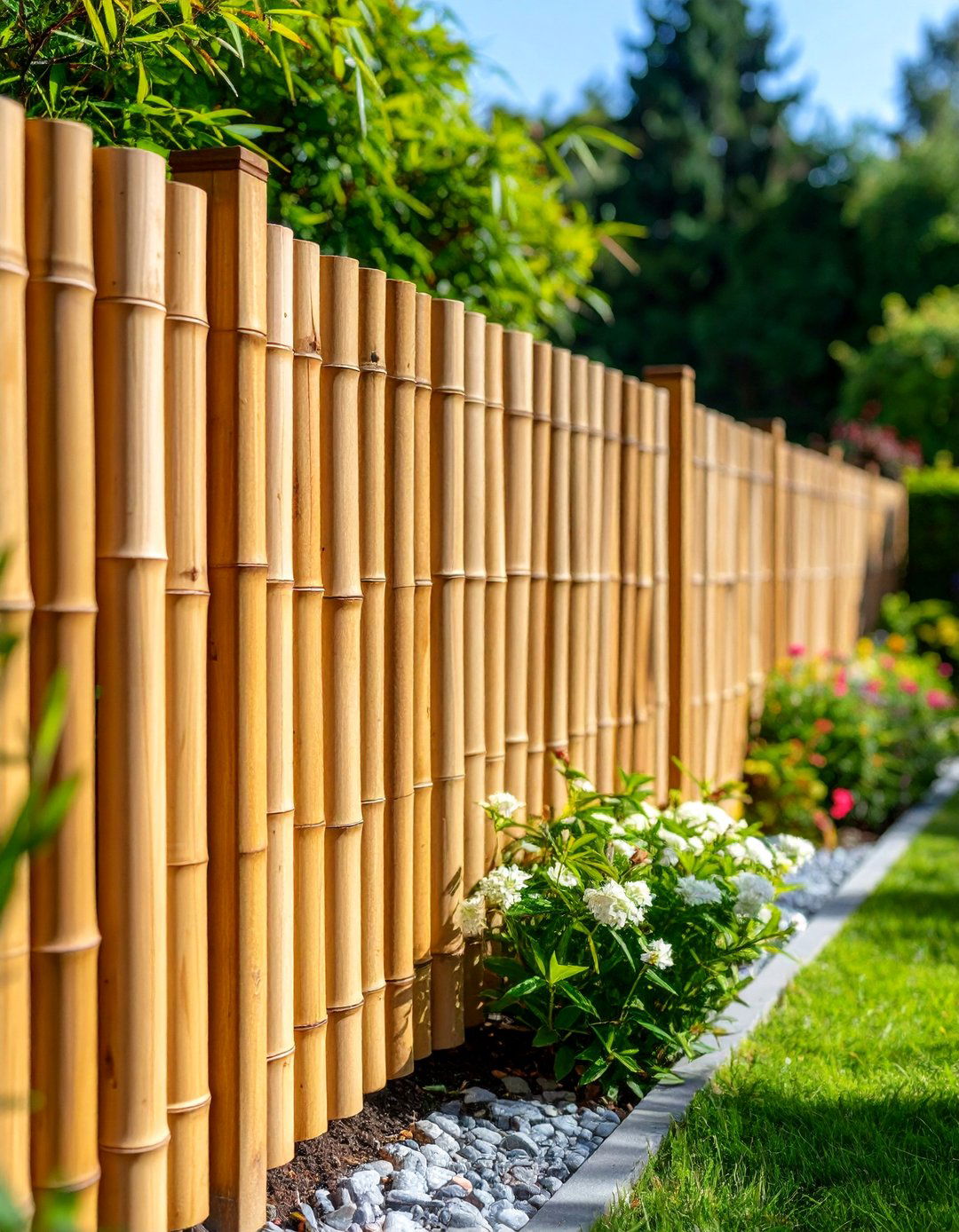

Leave a Reply